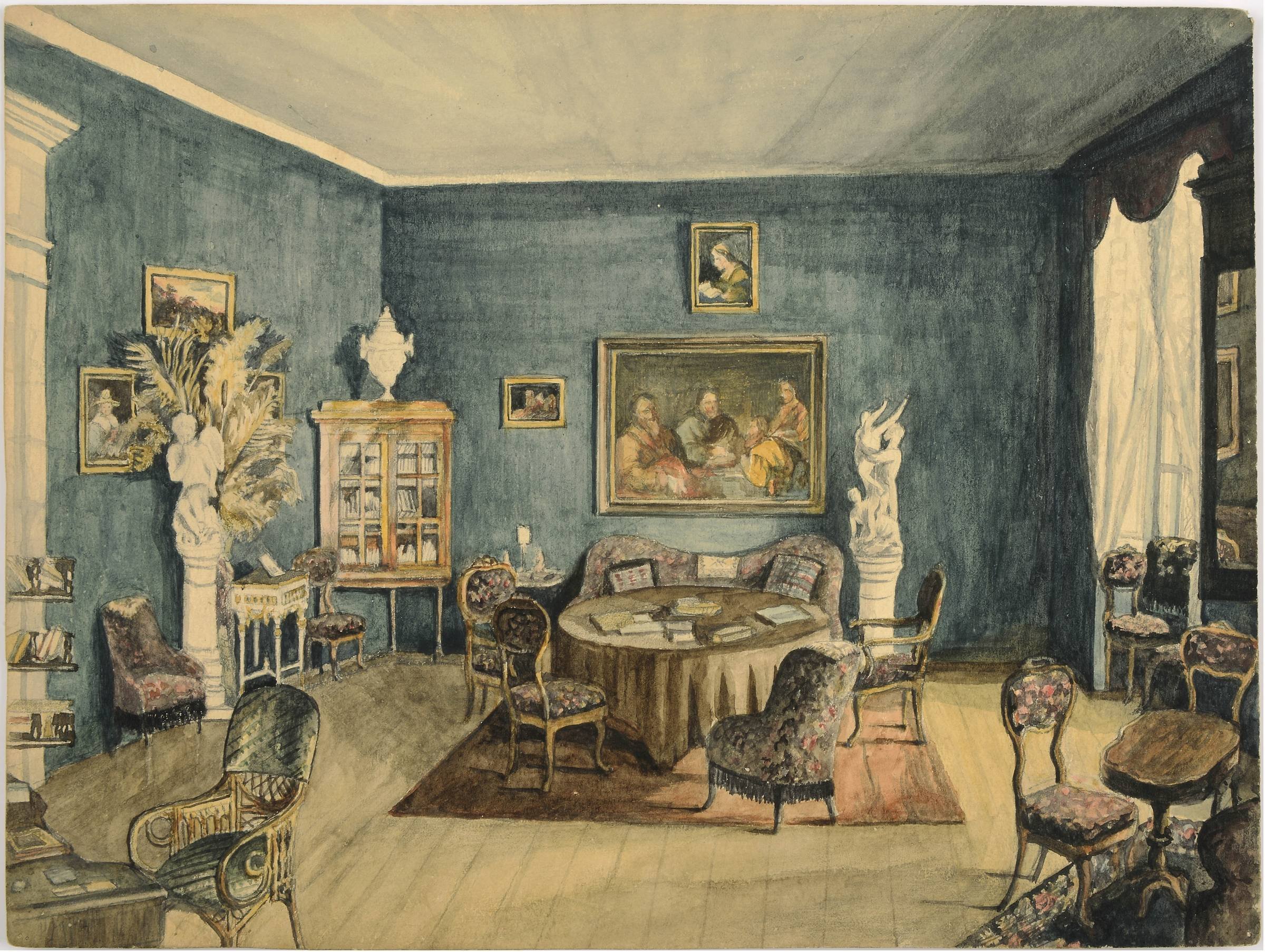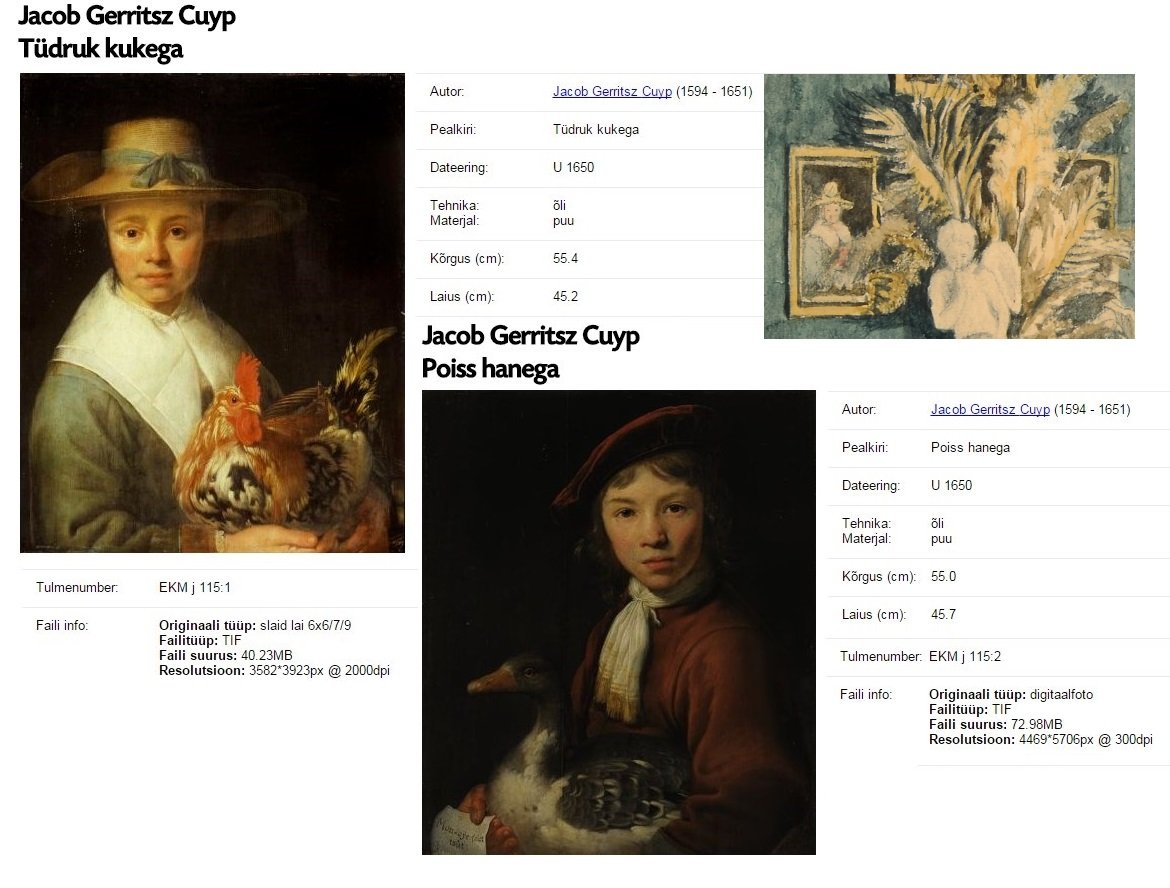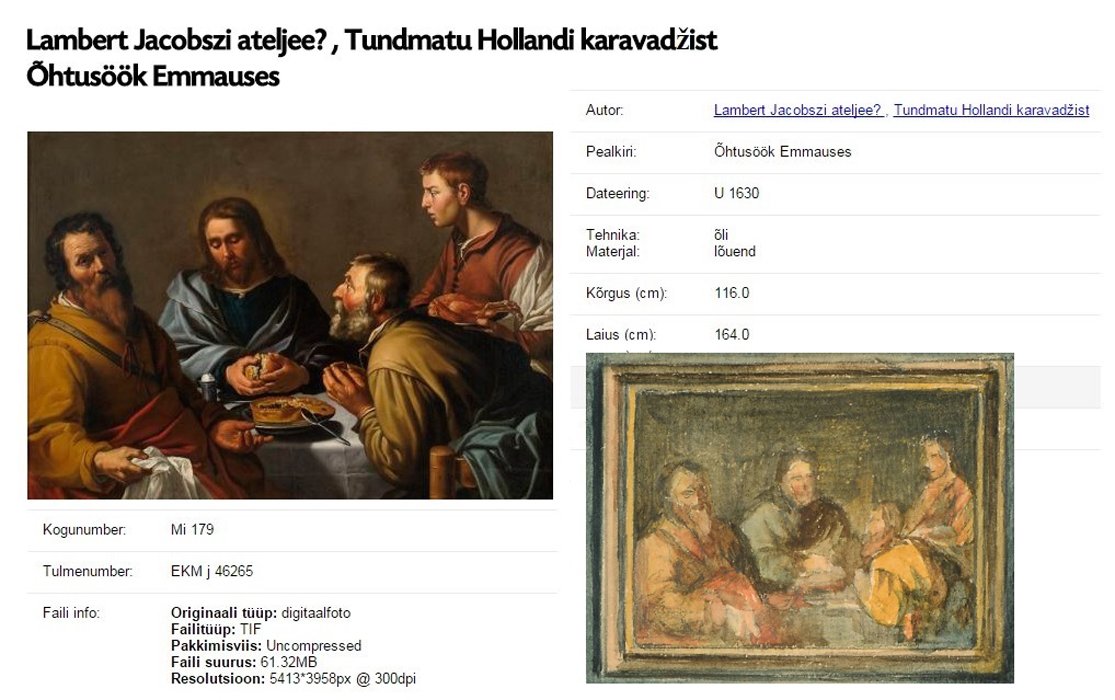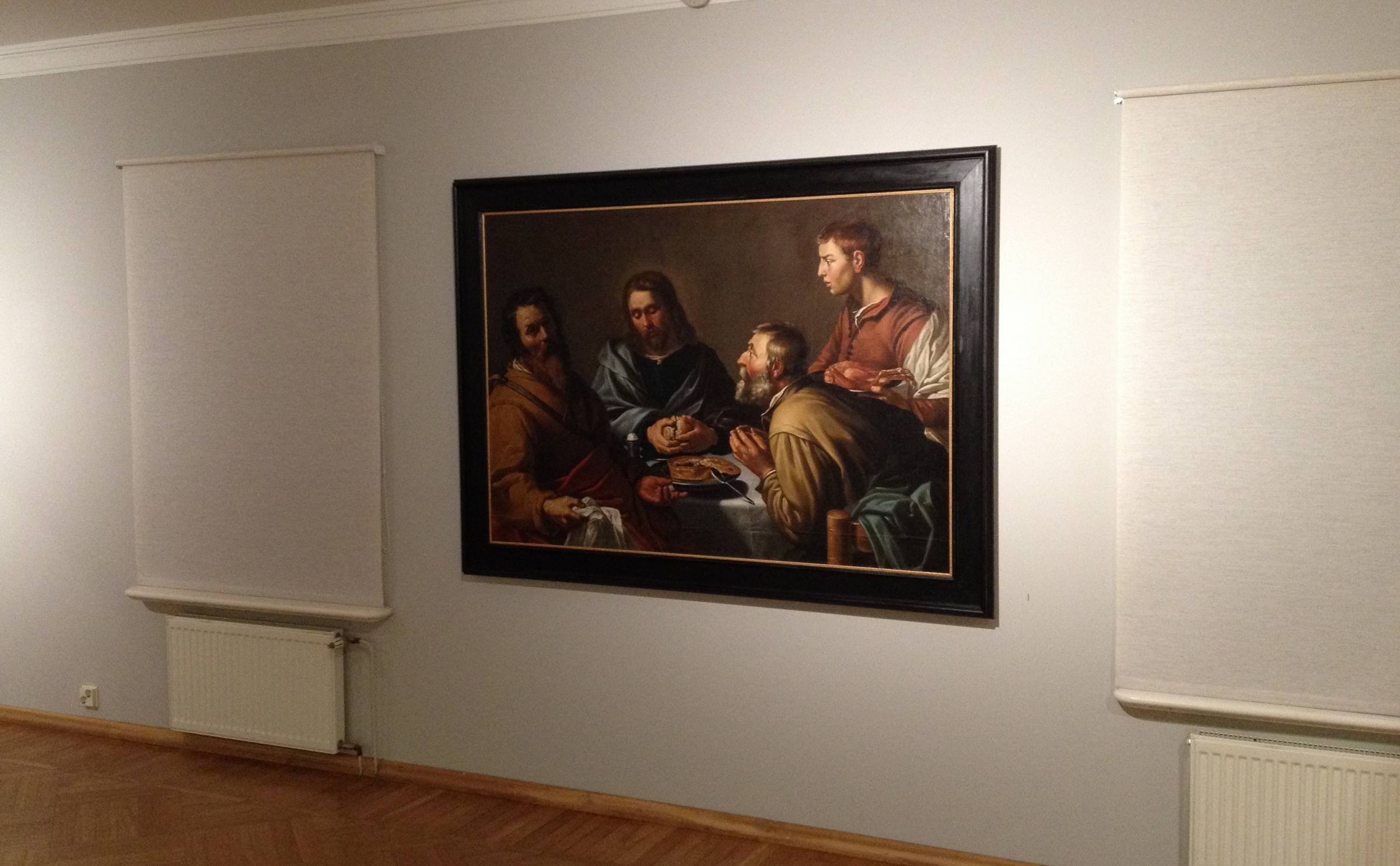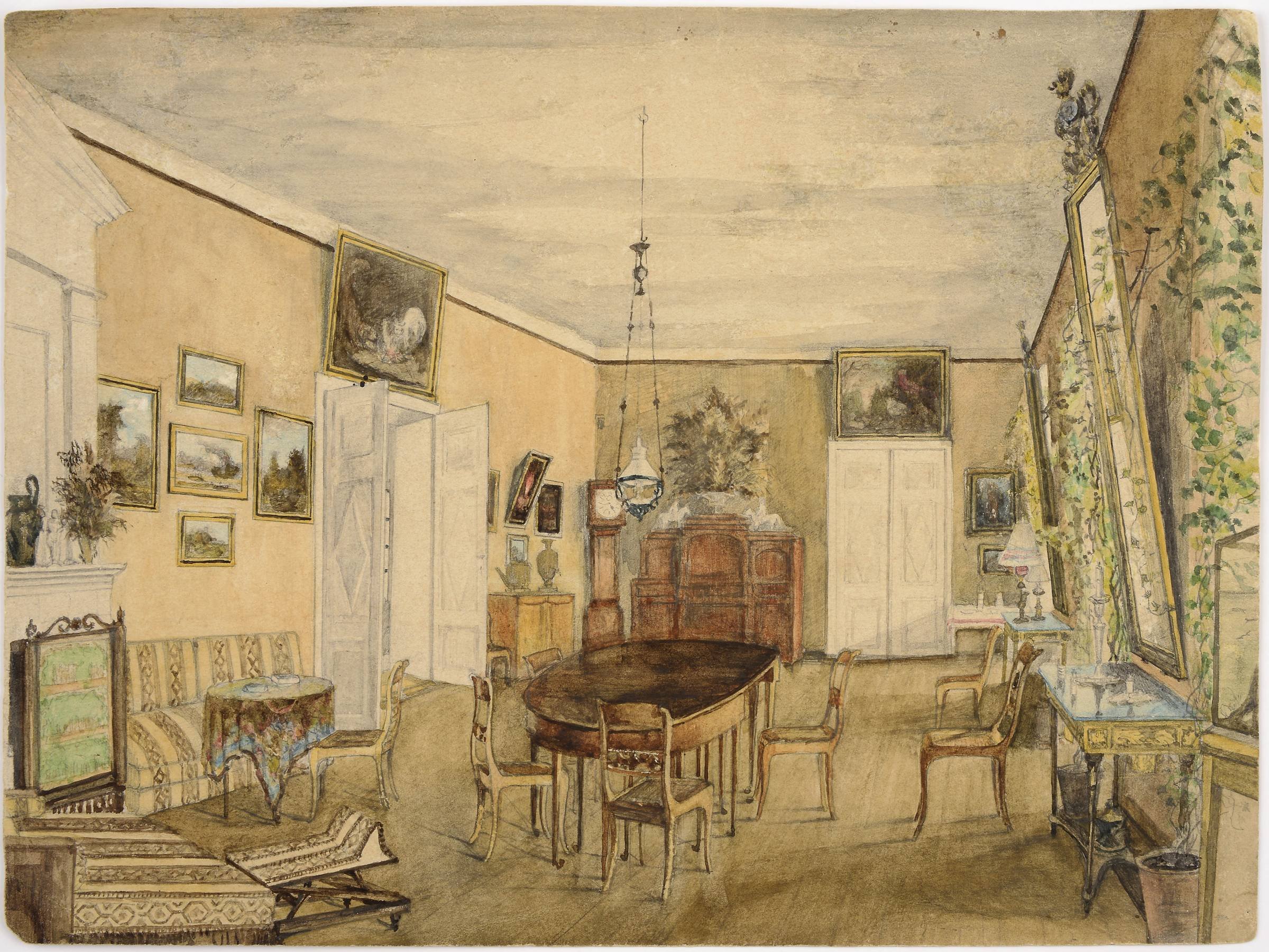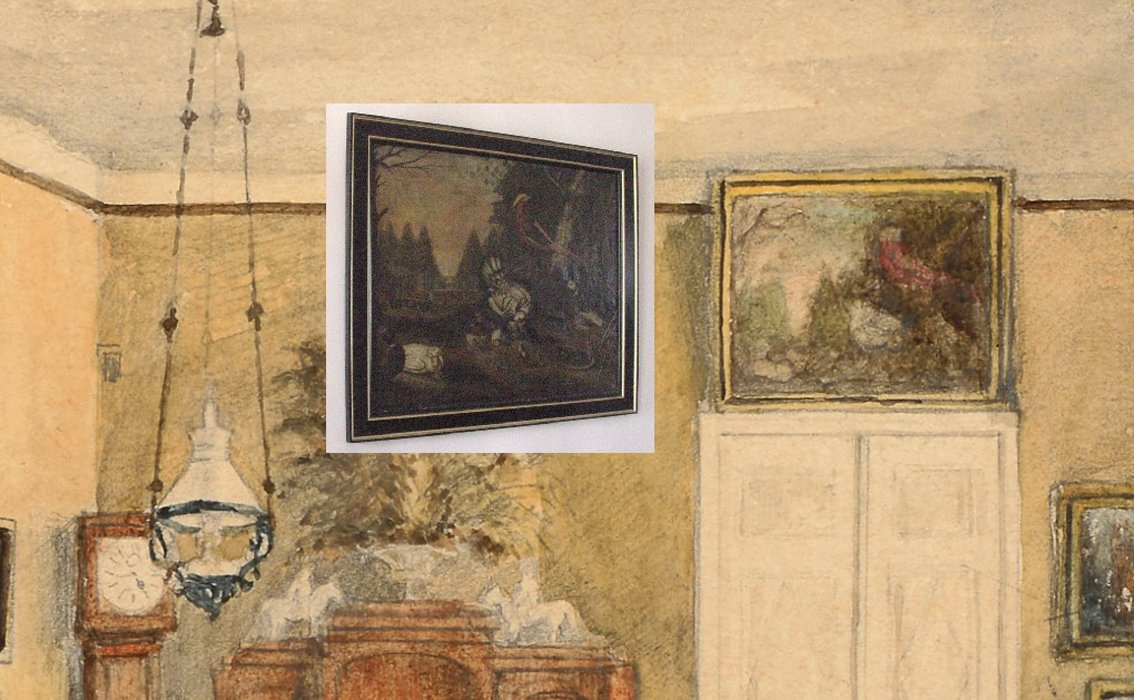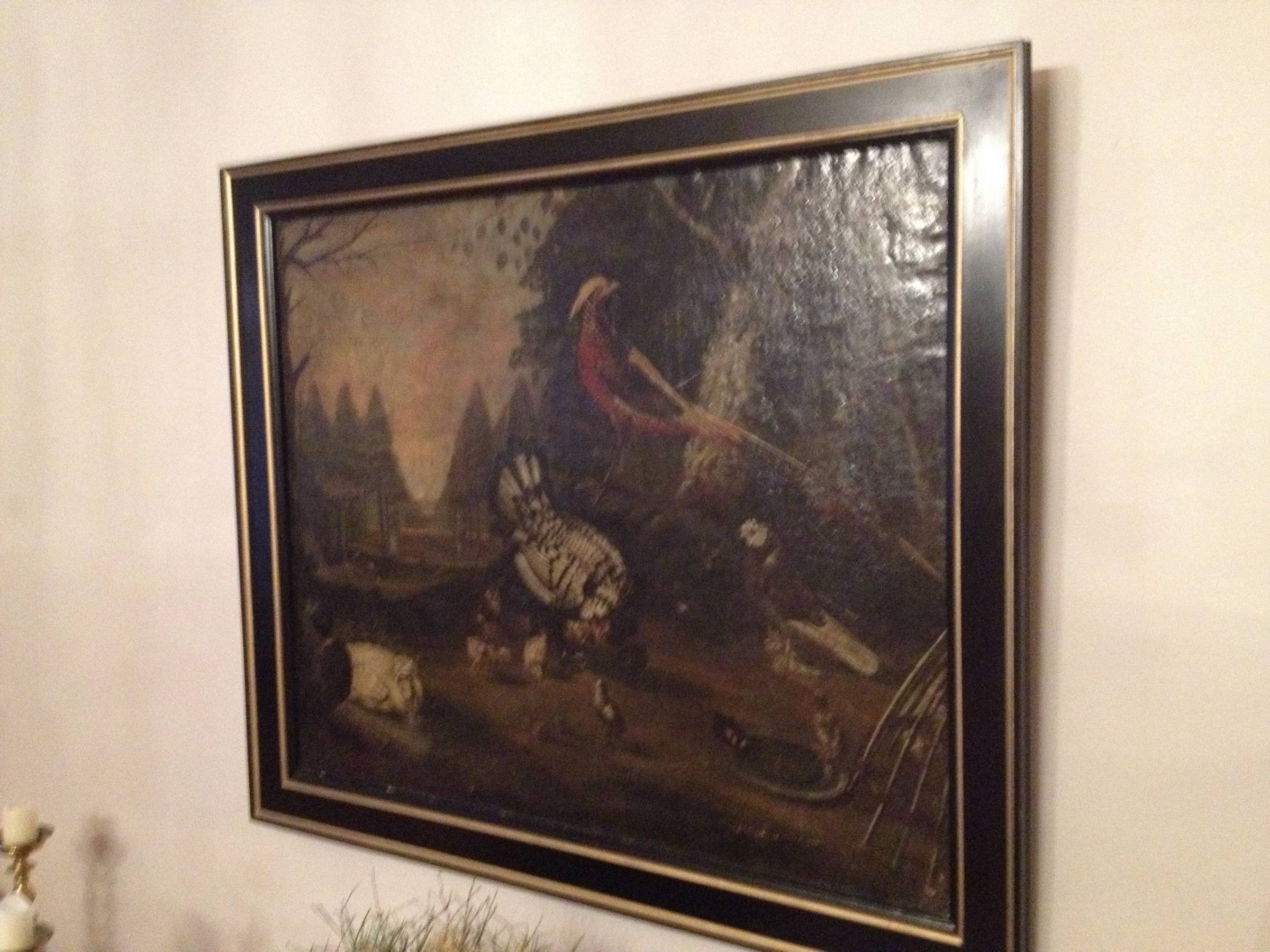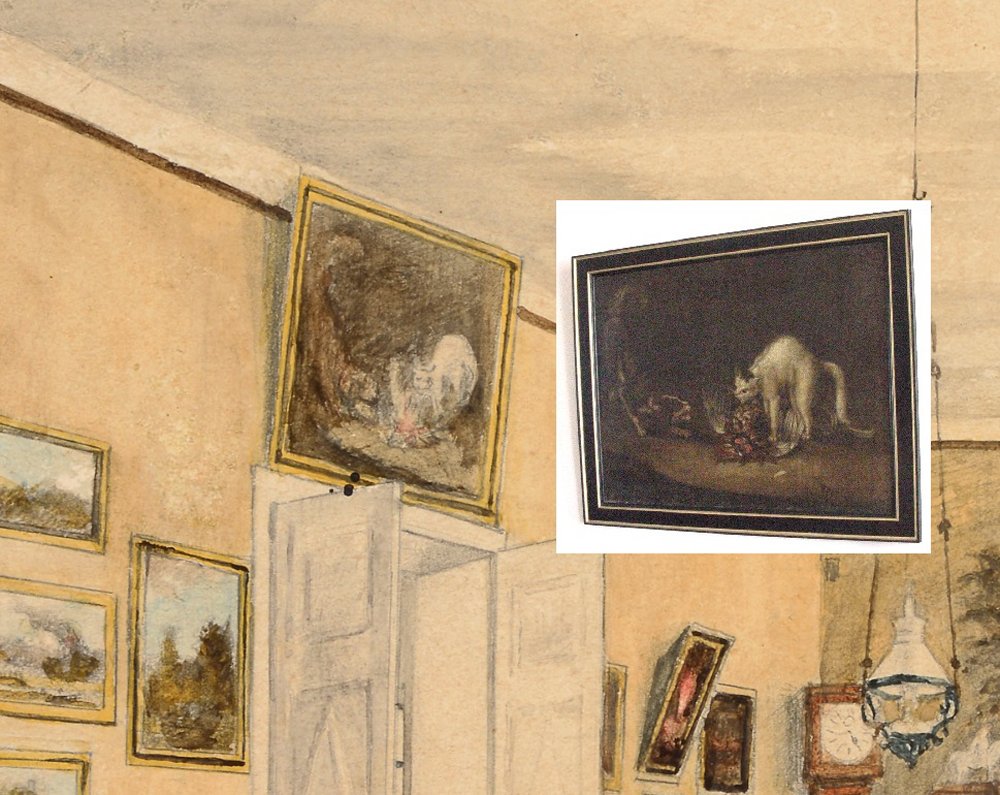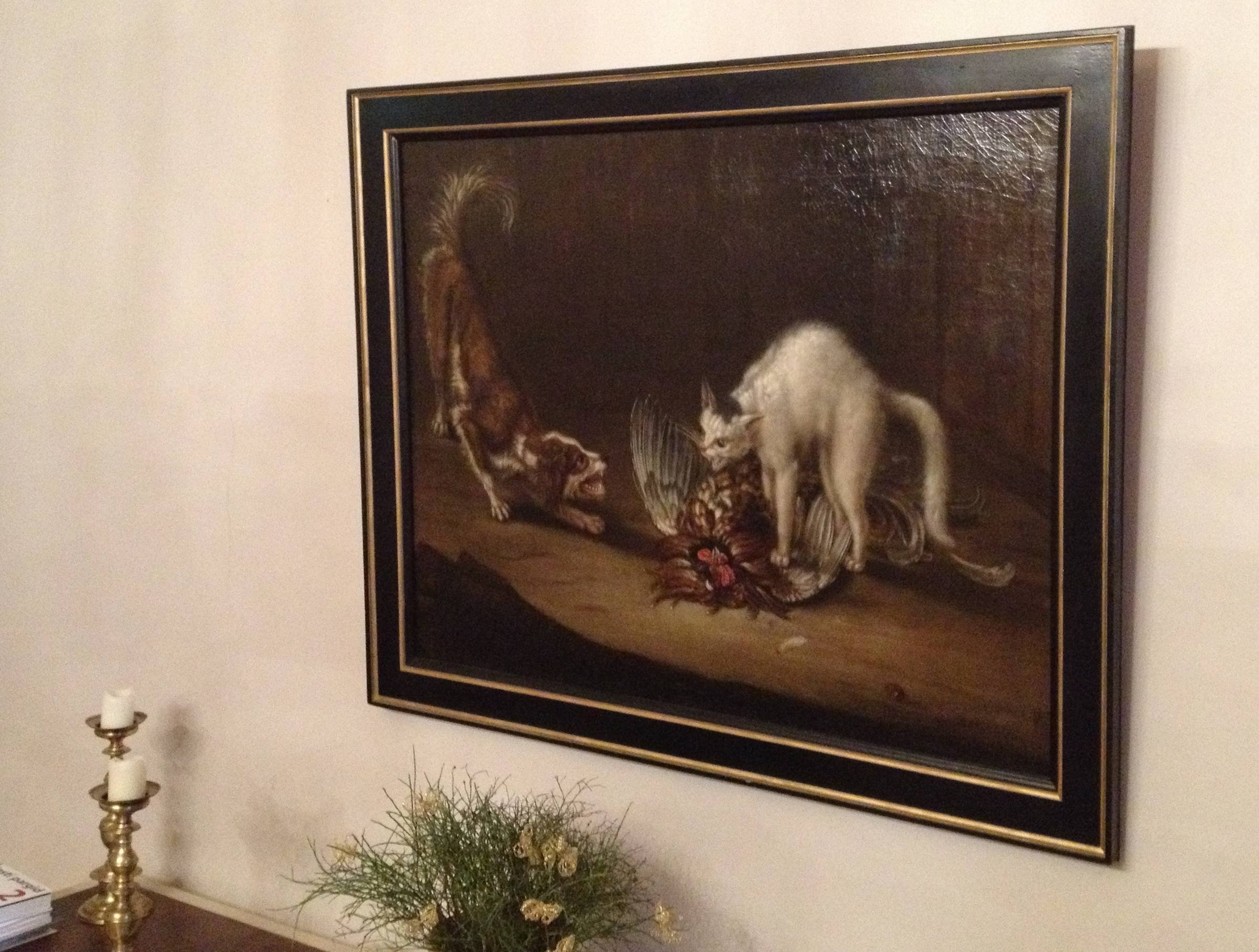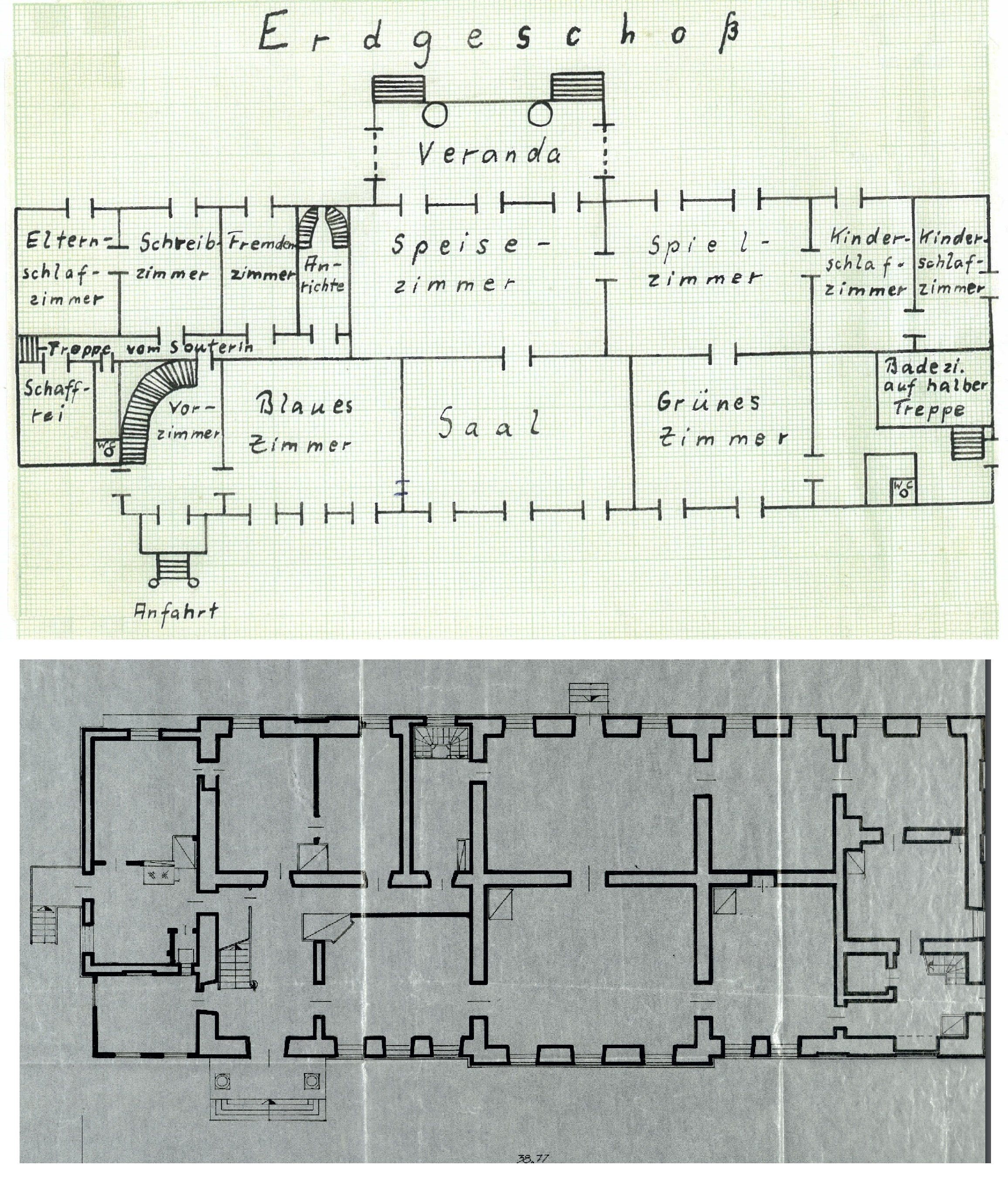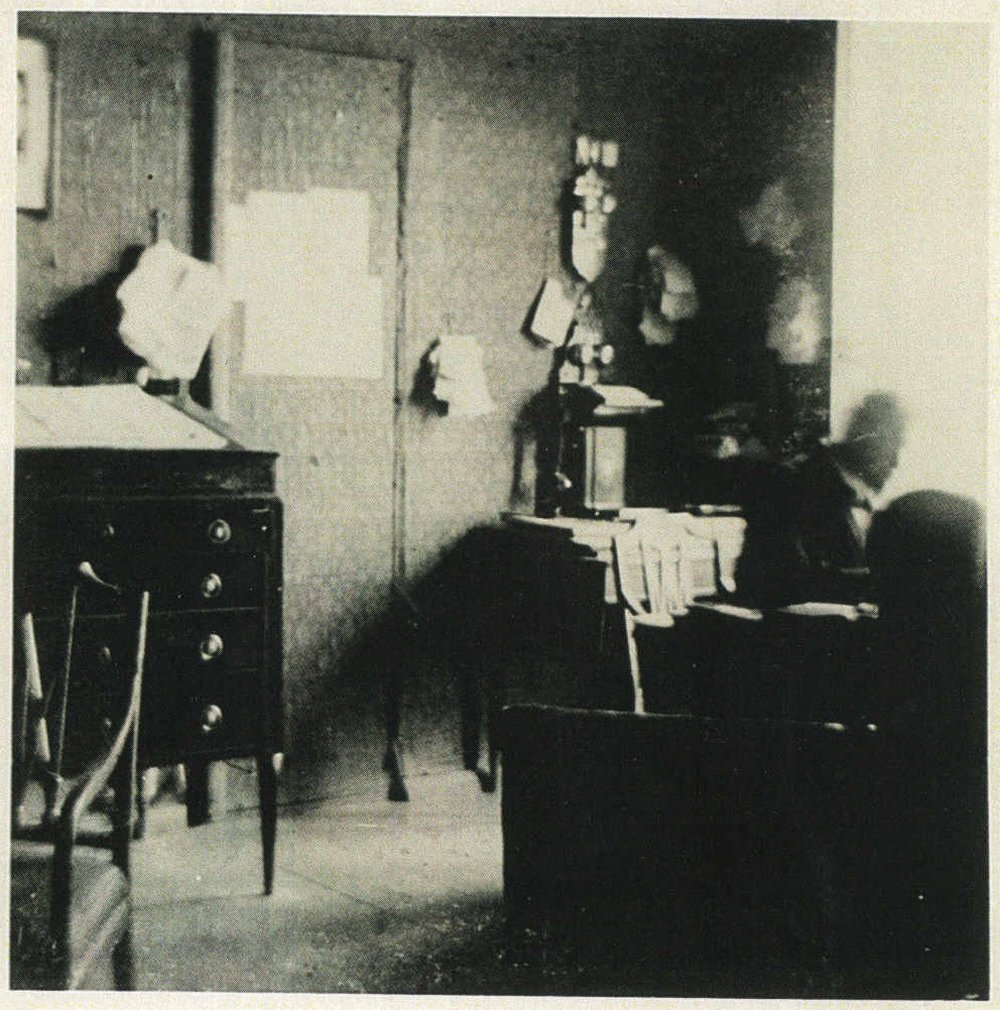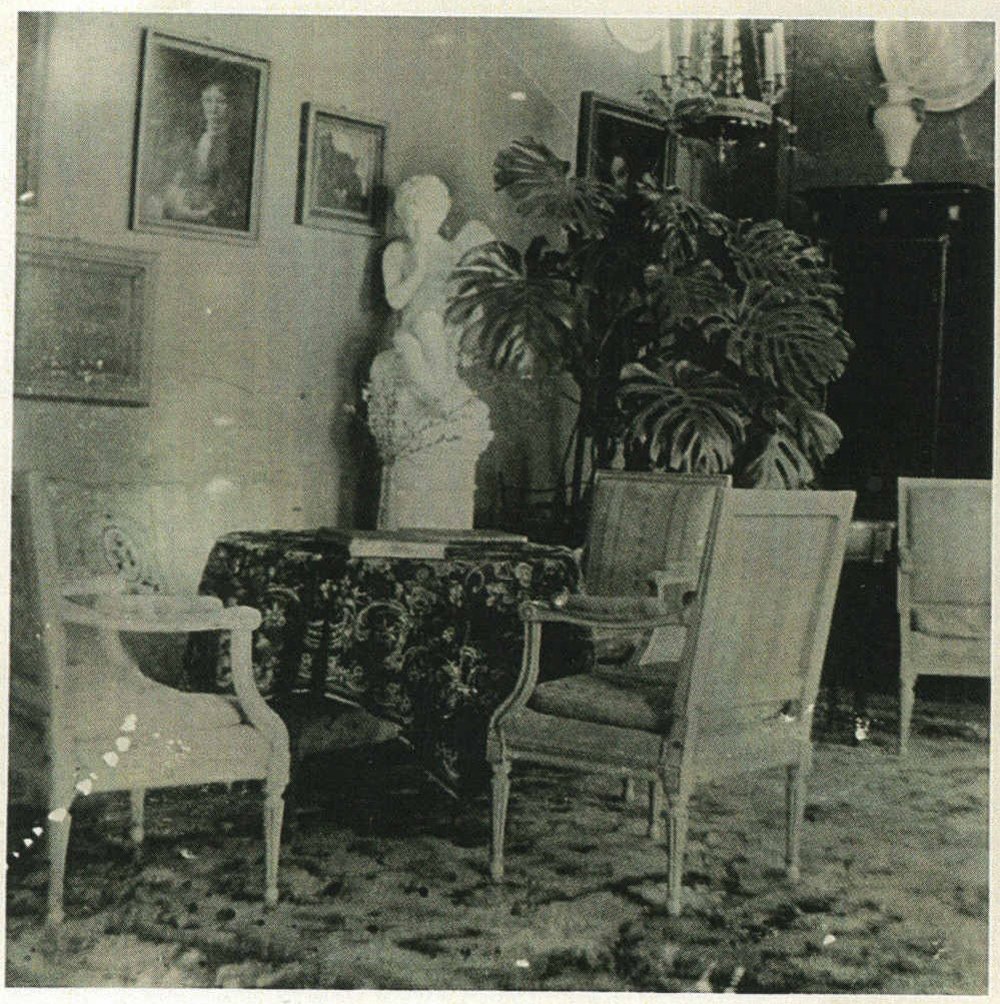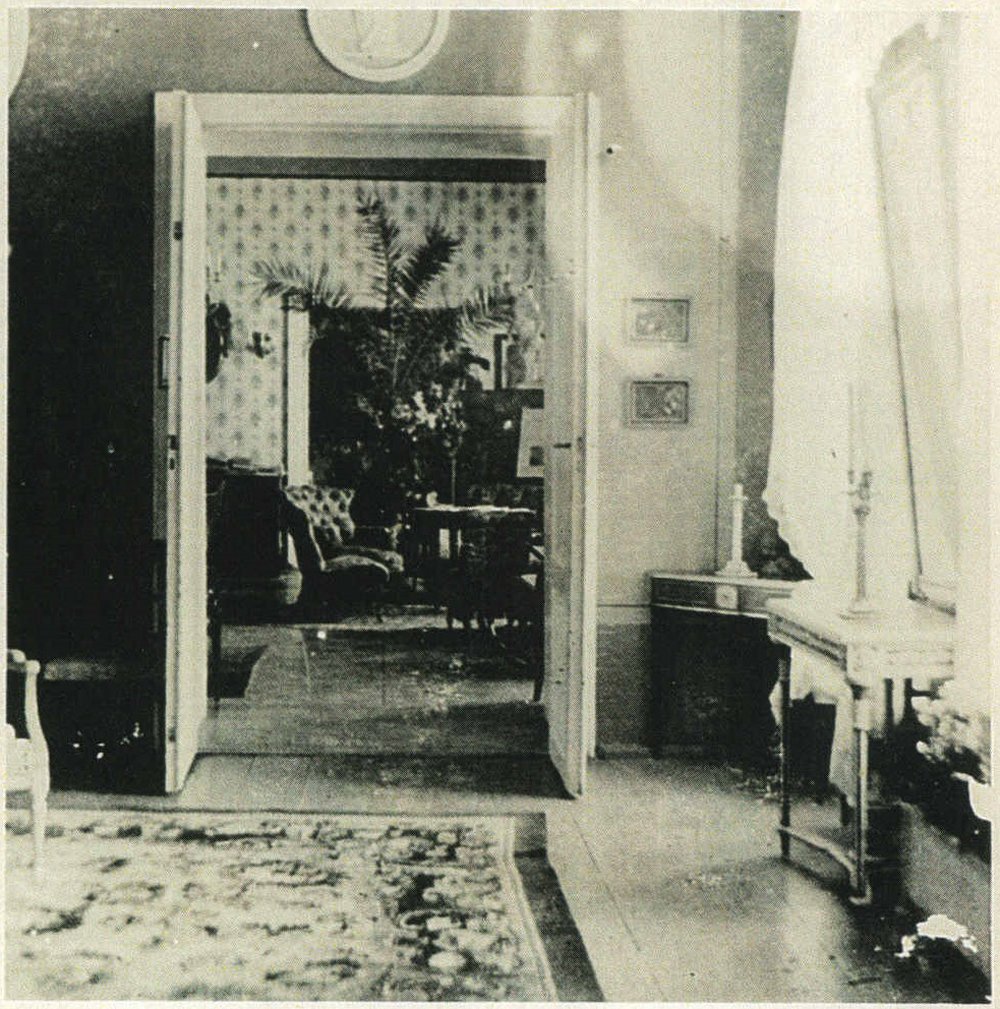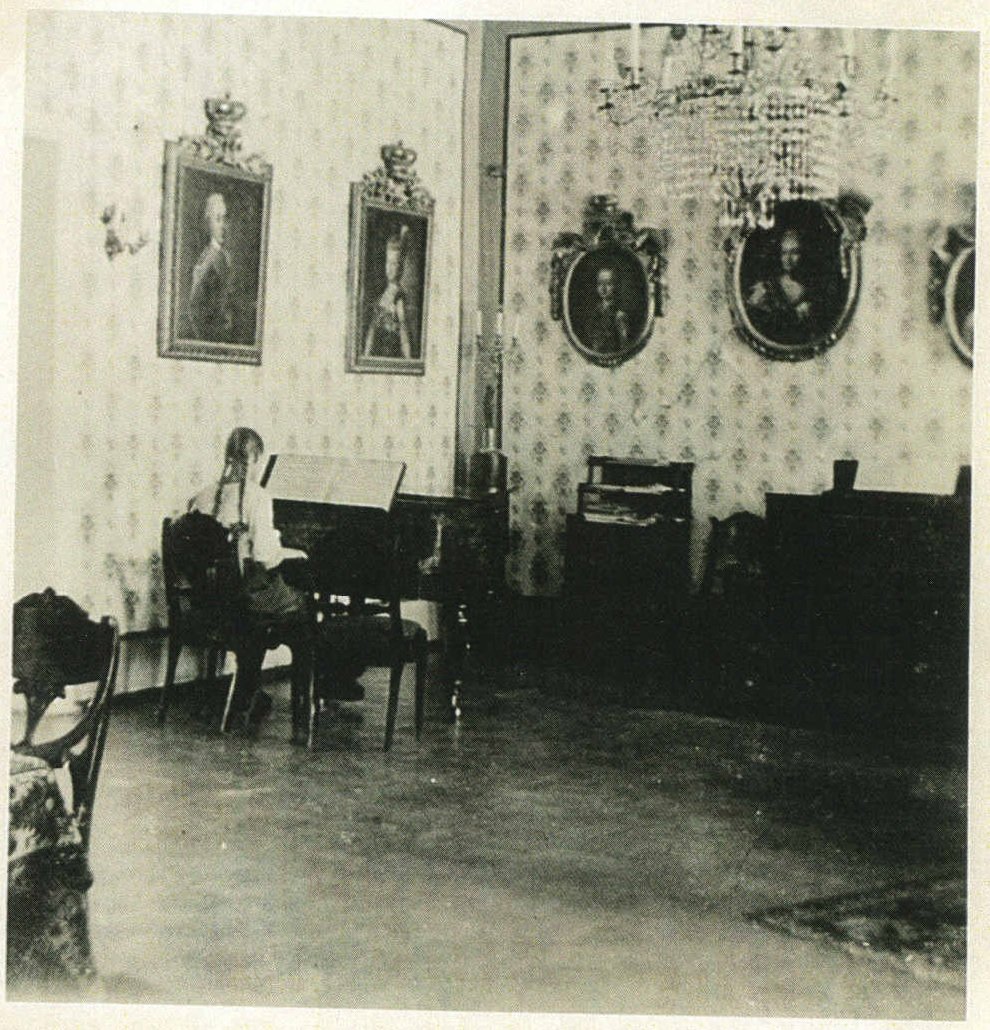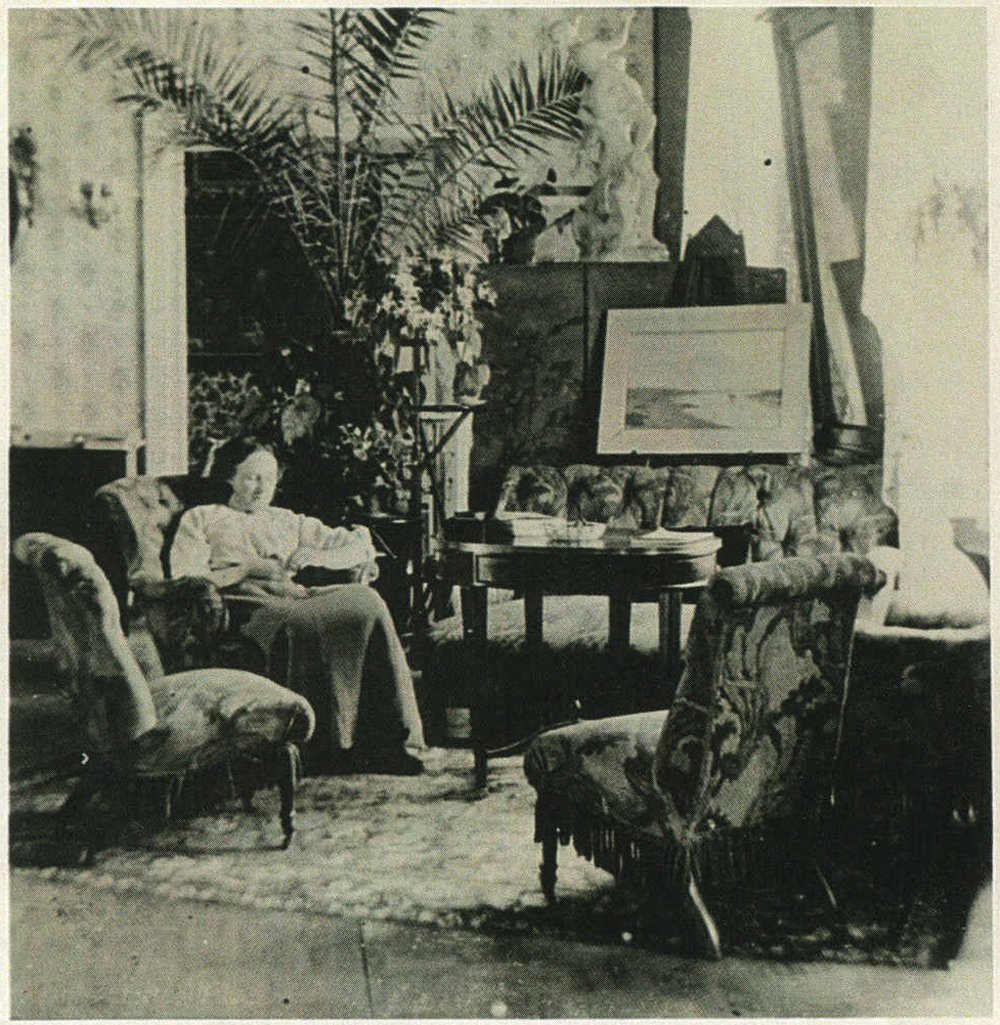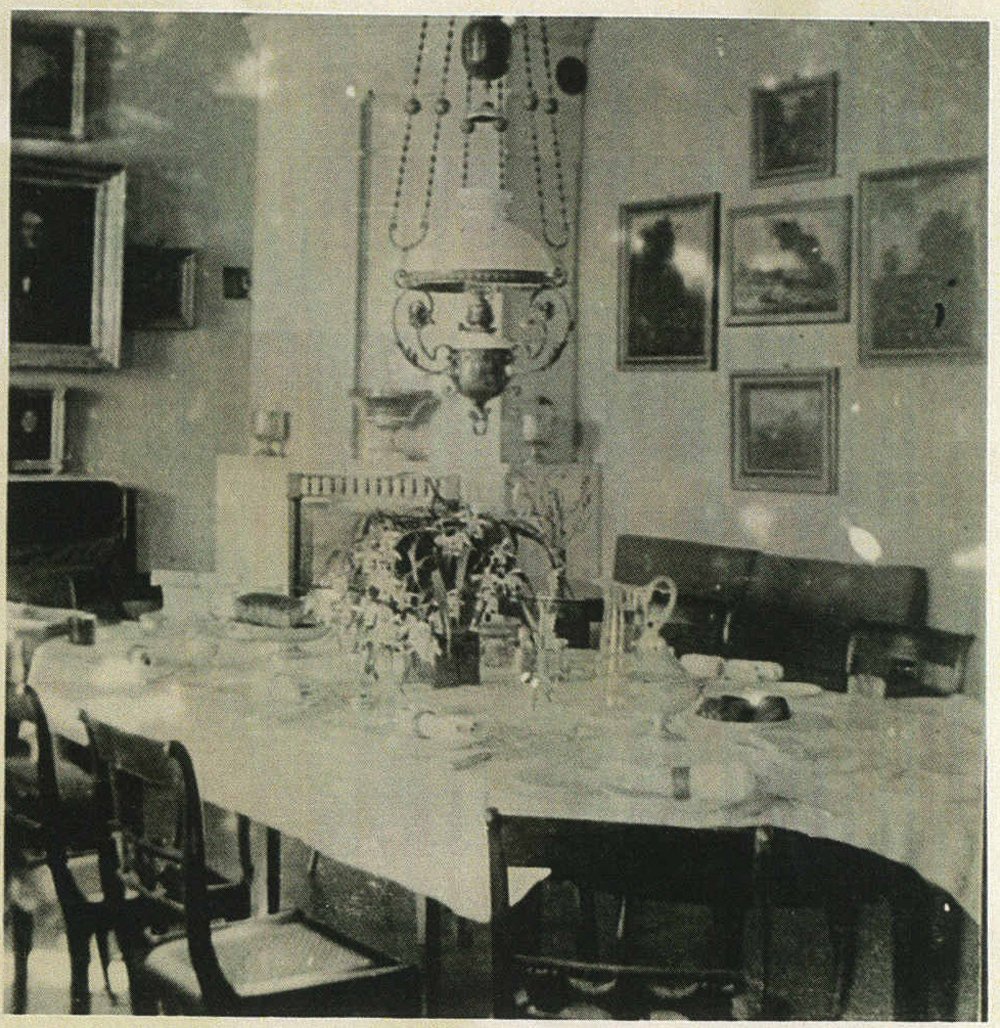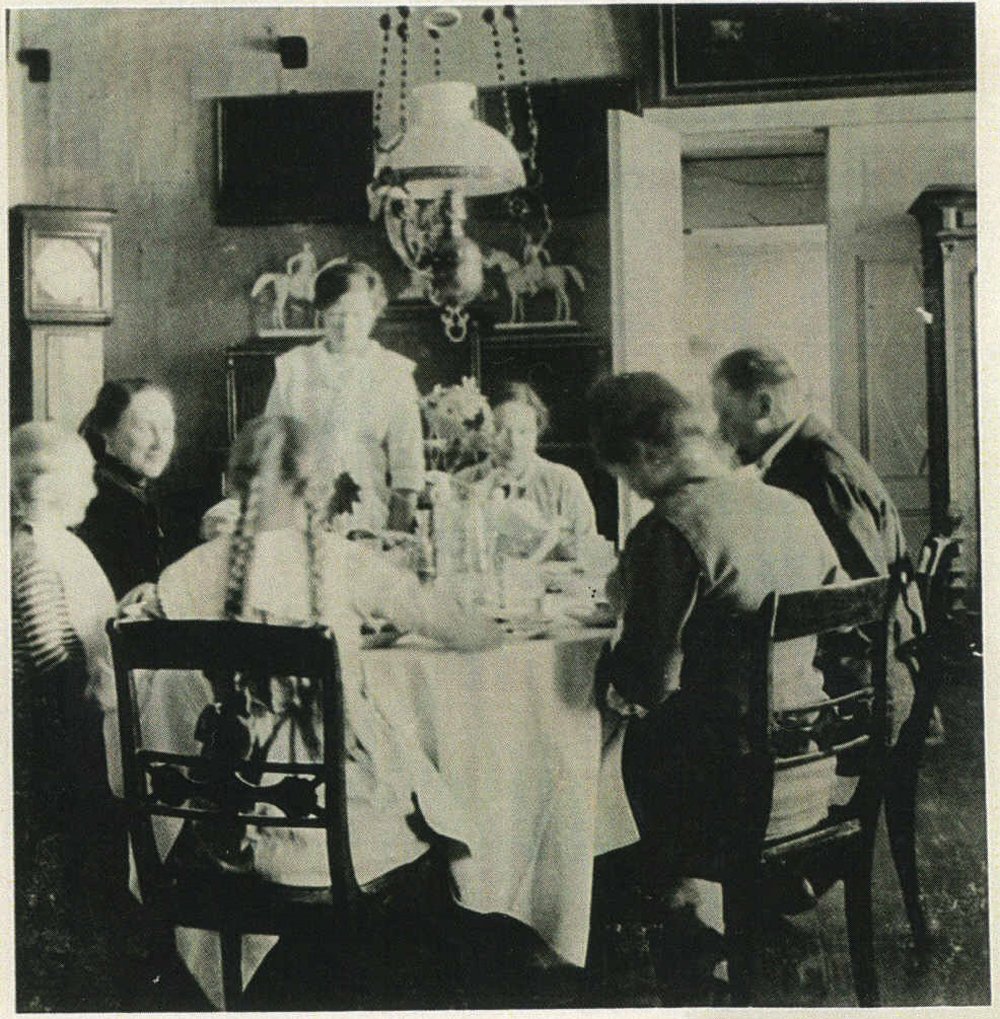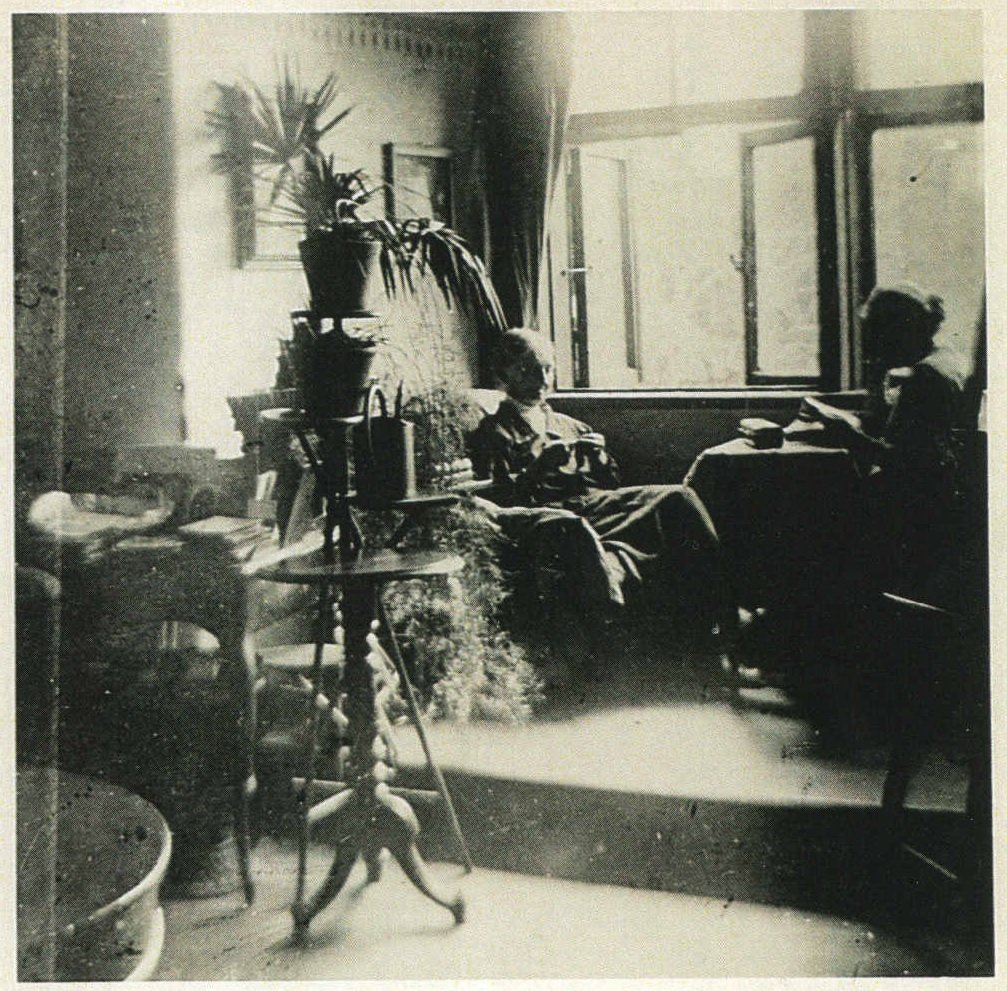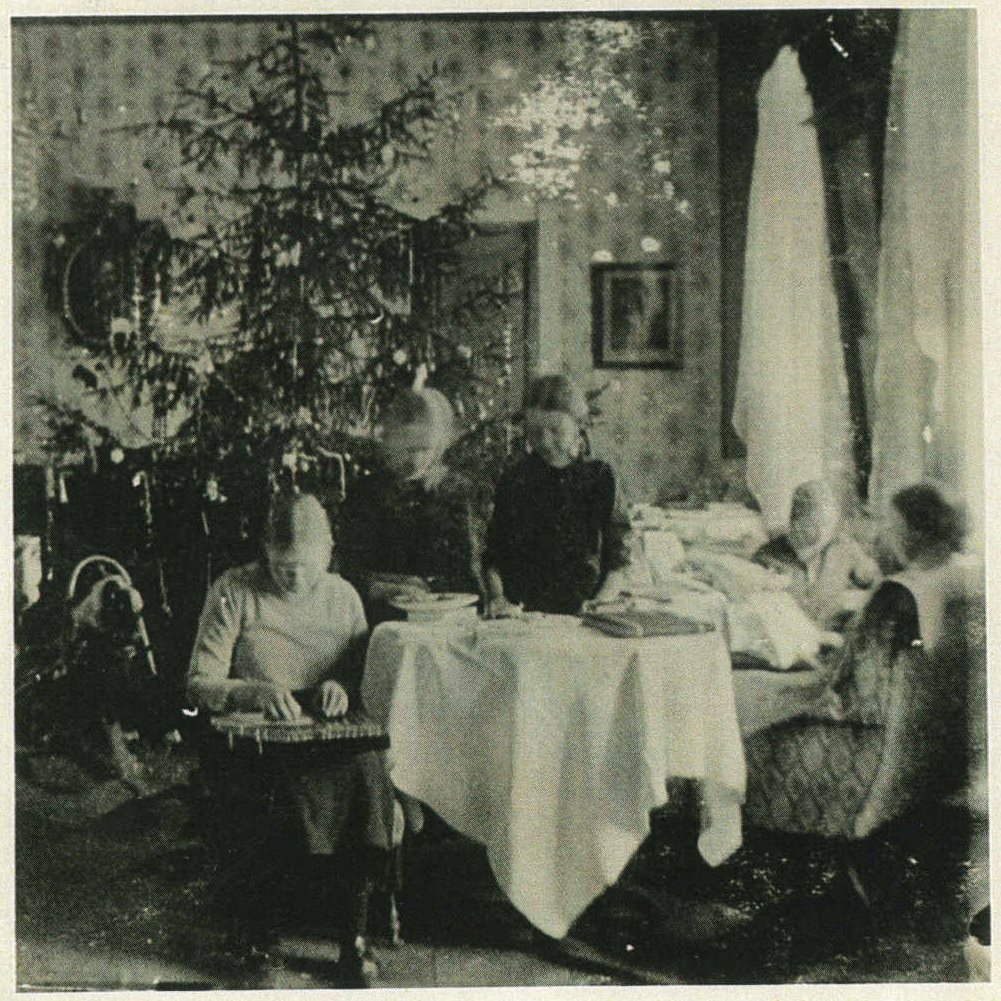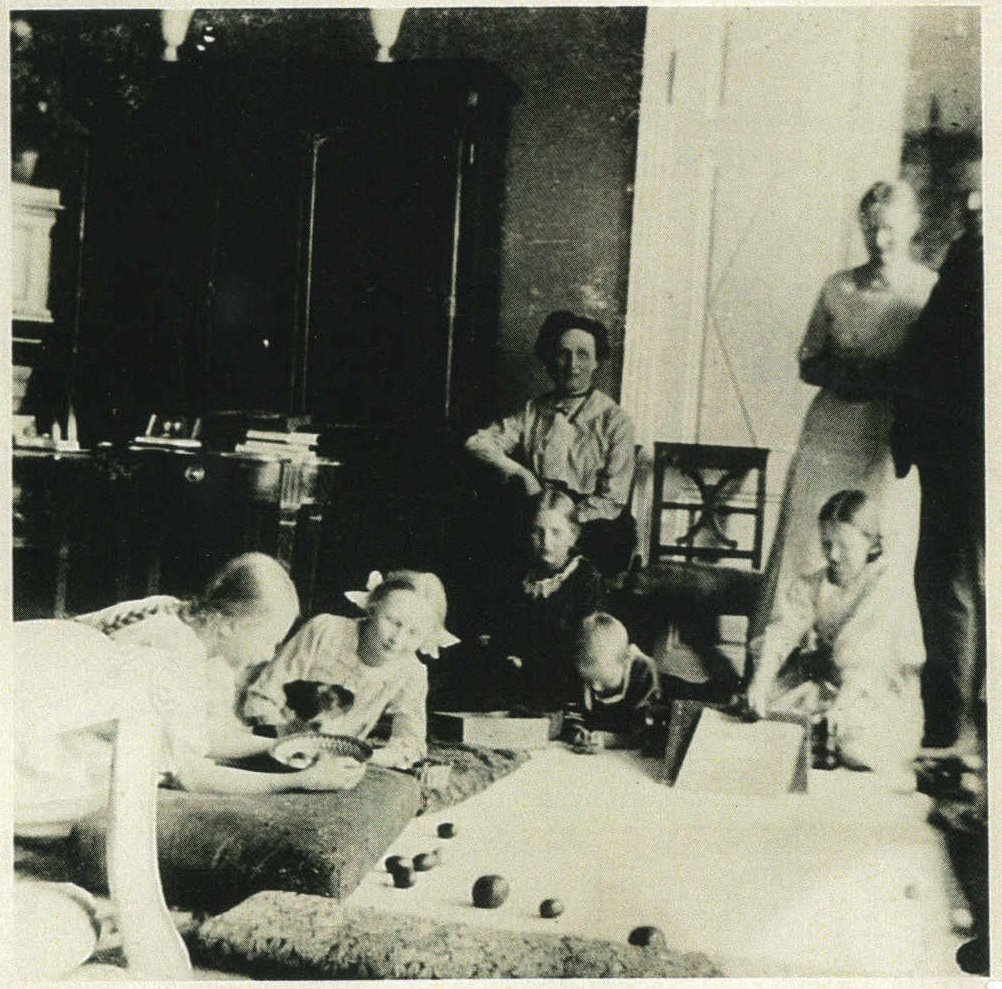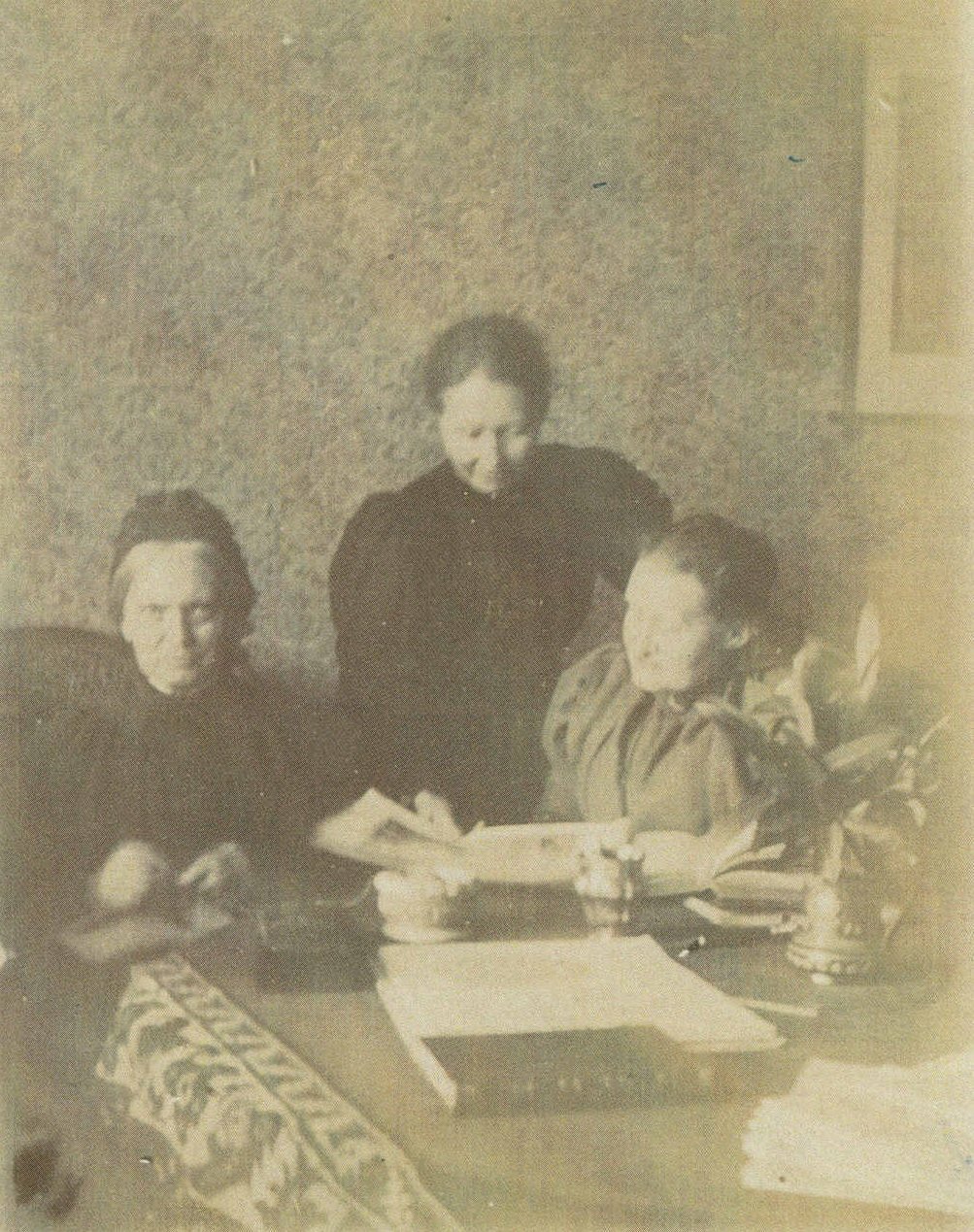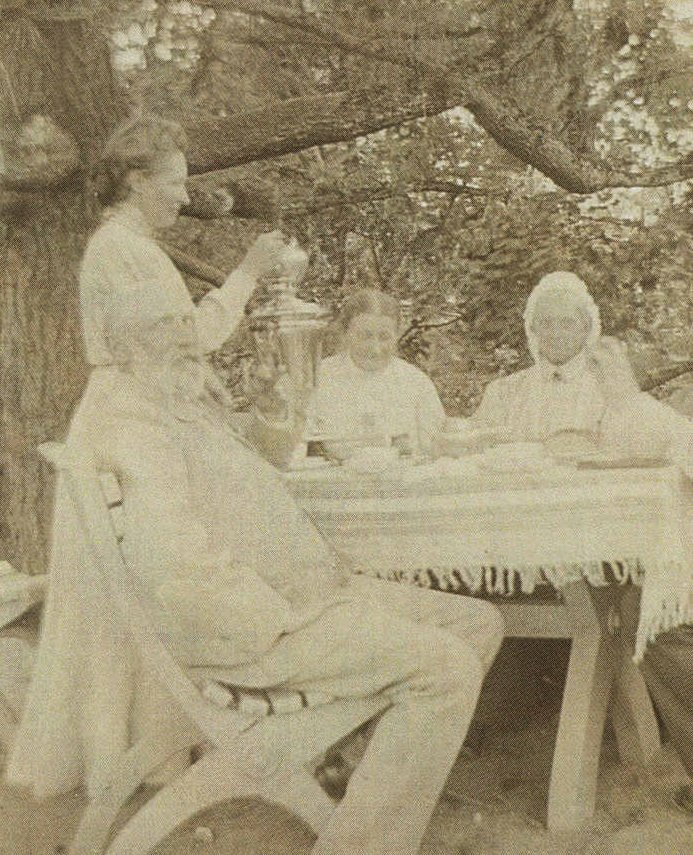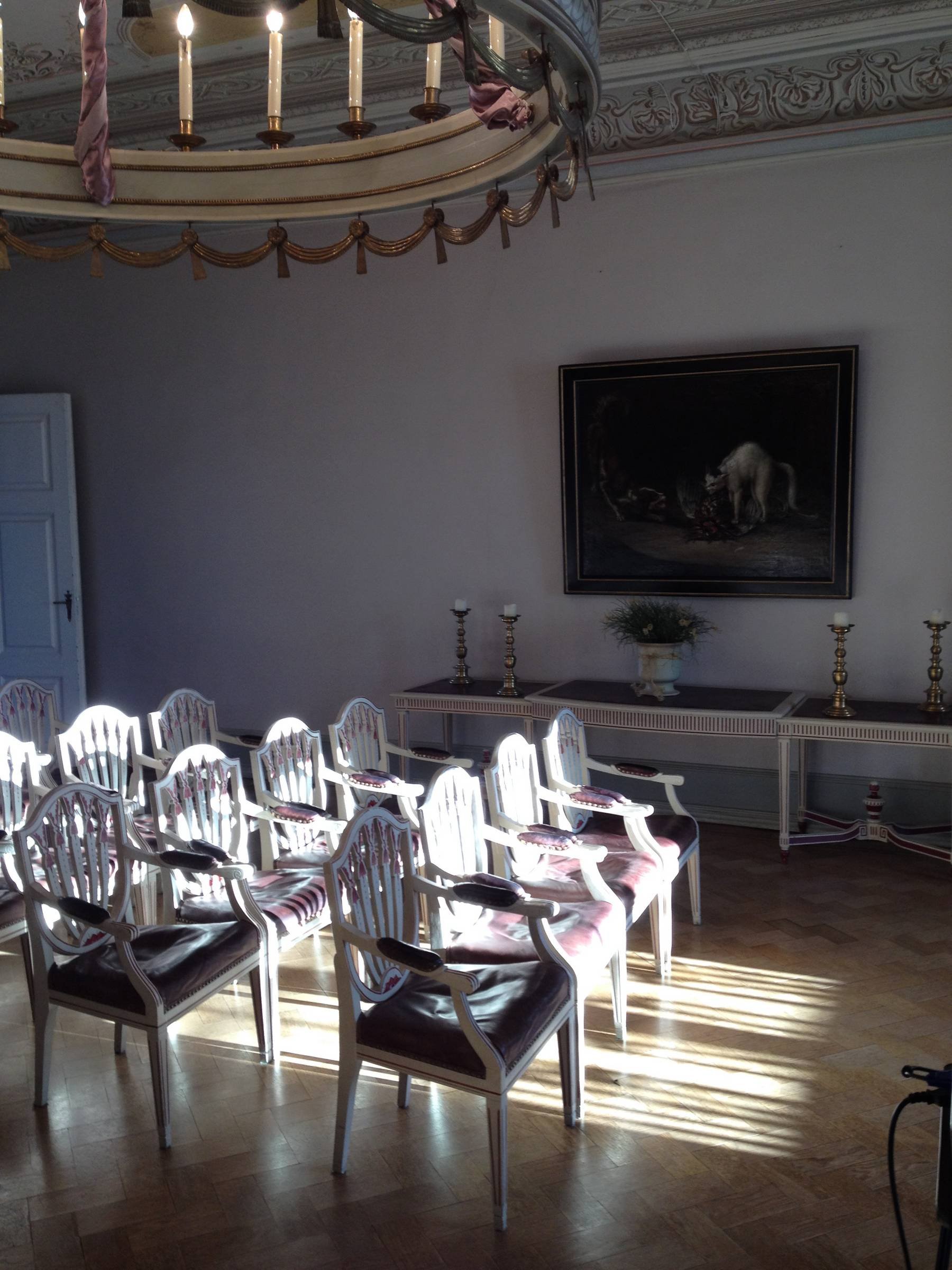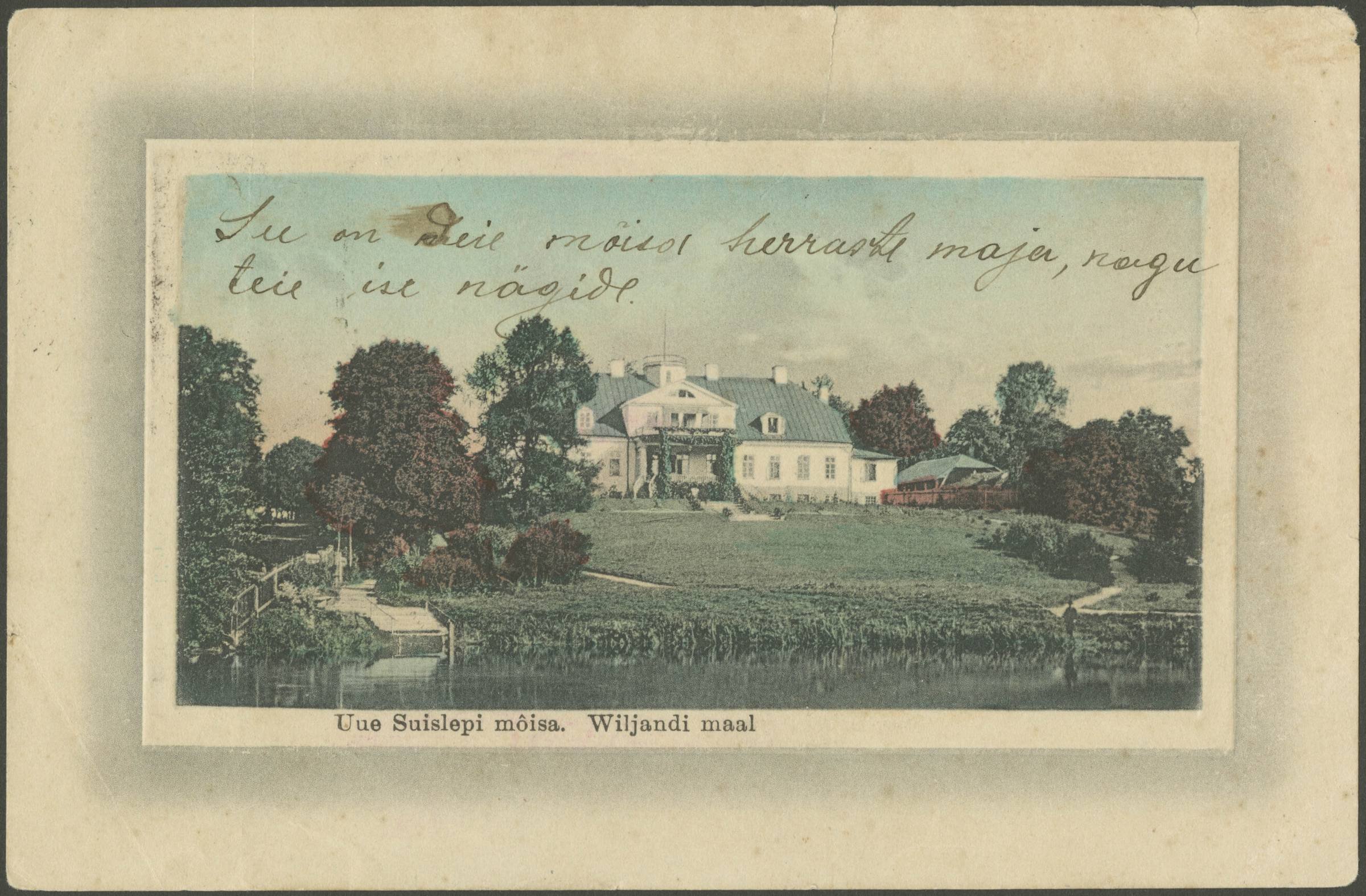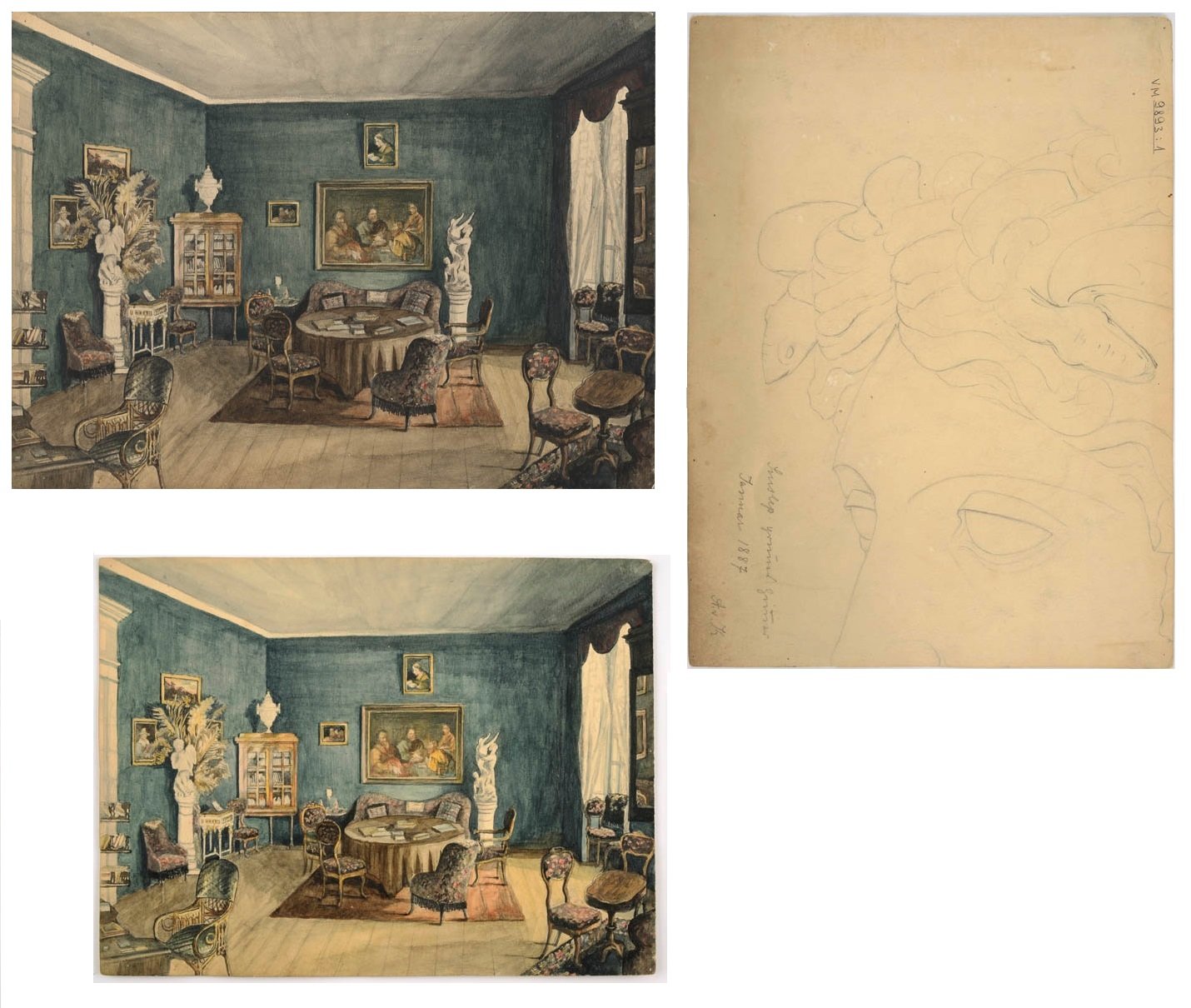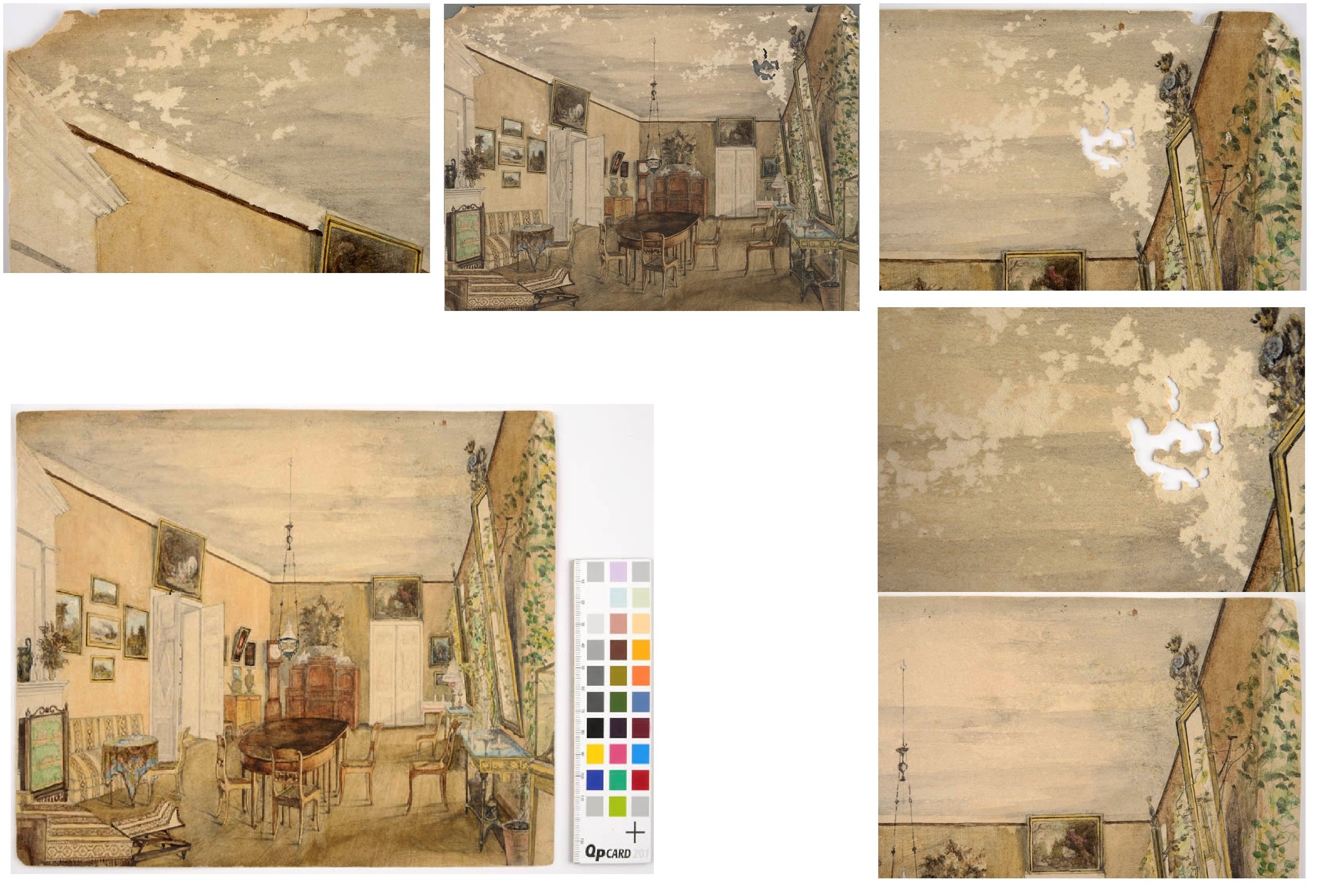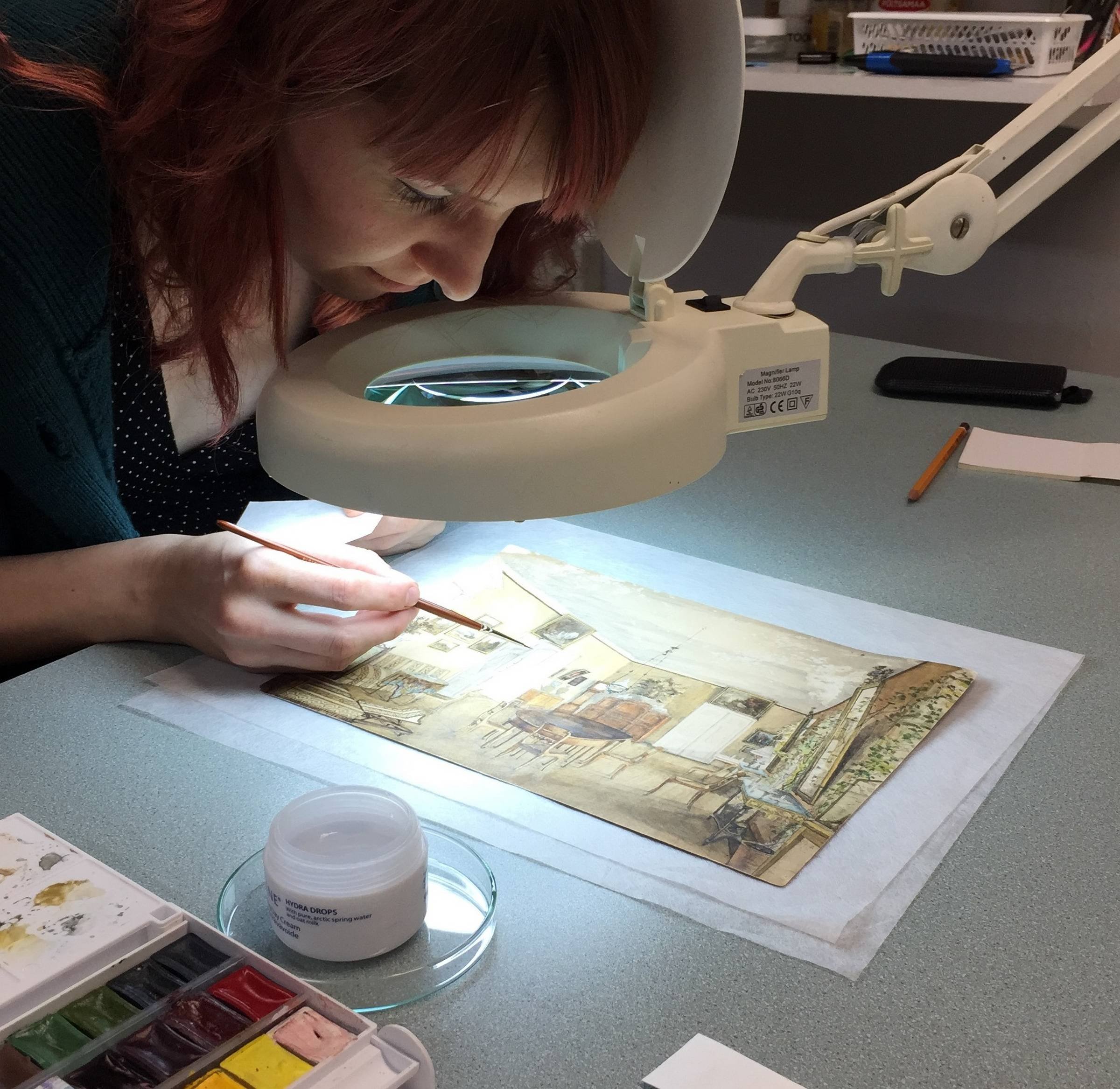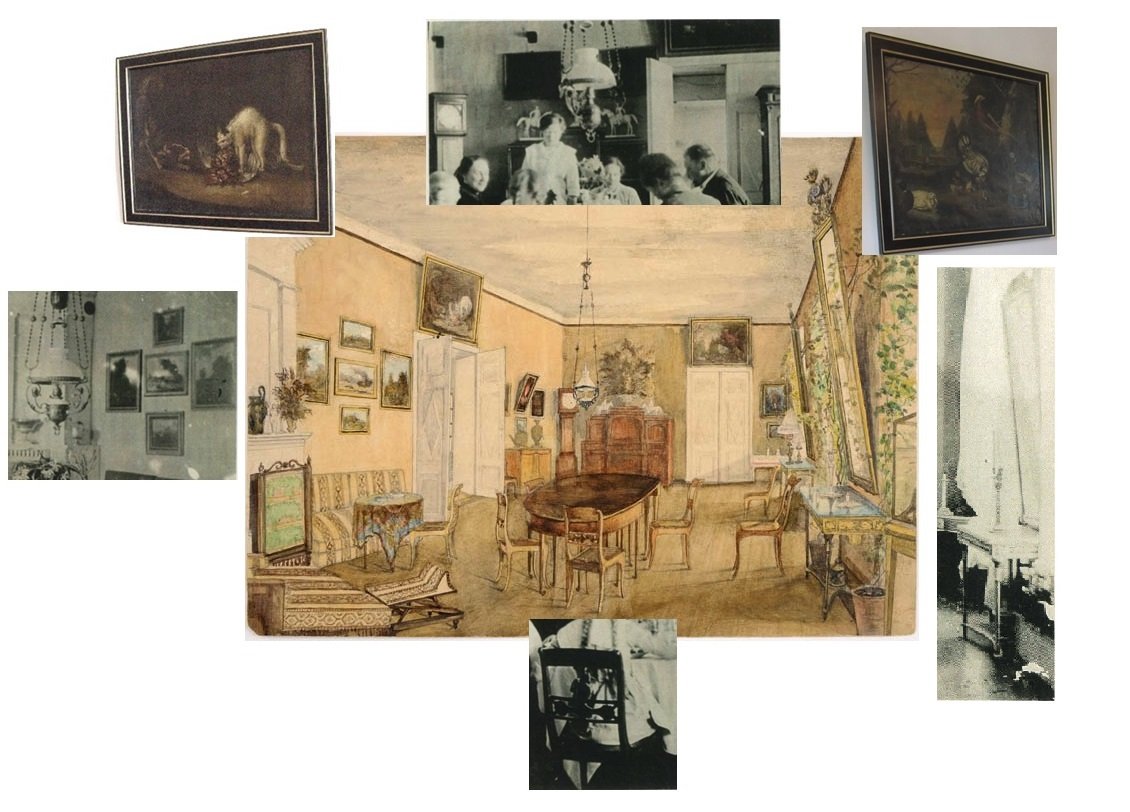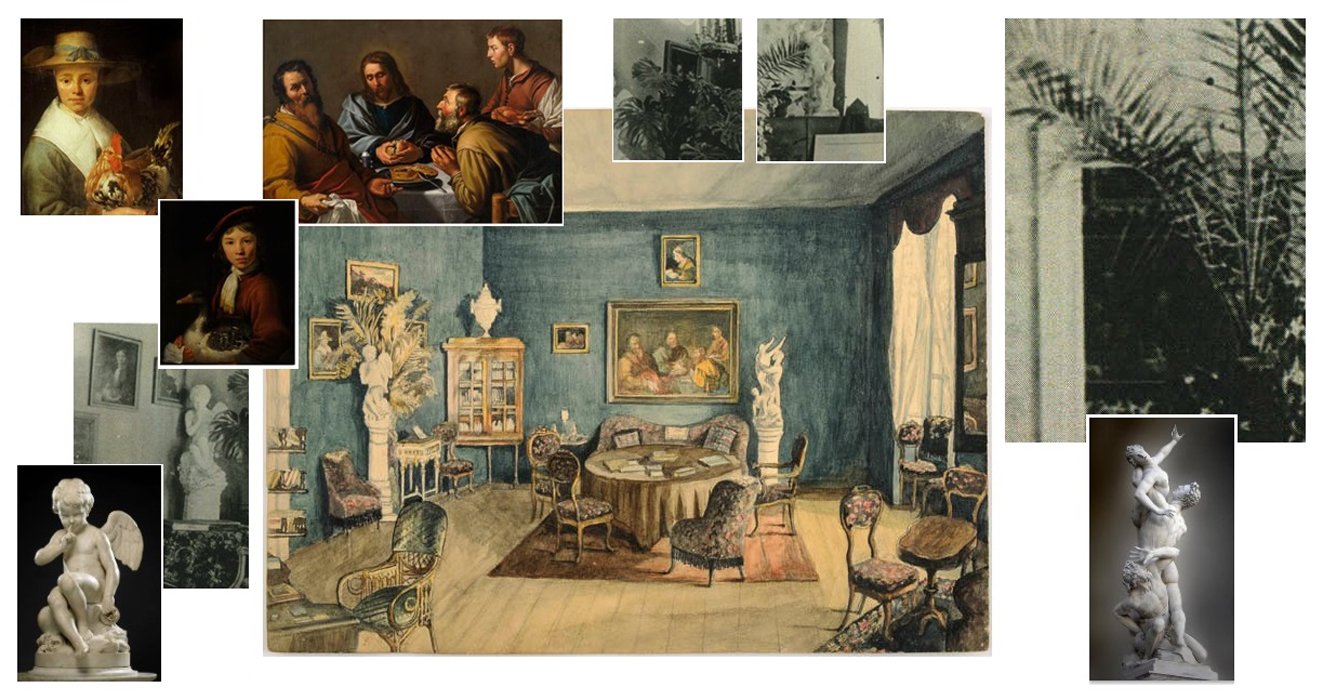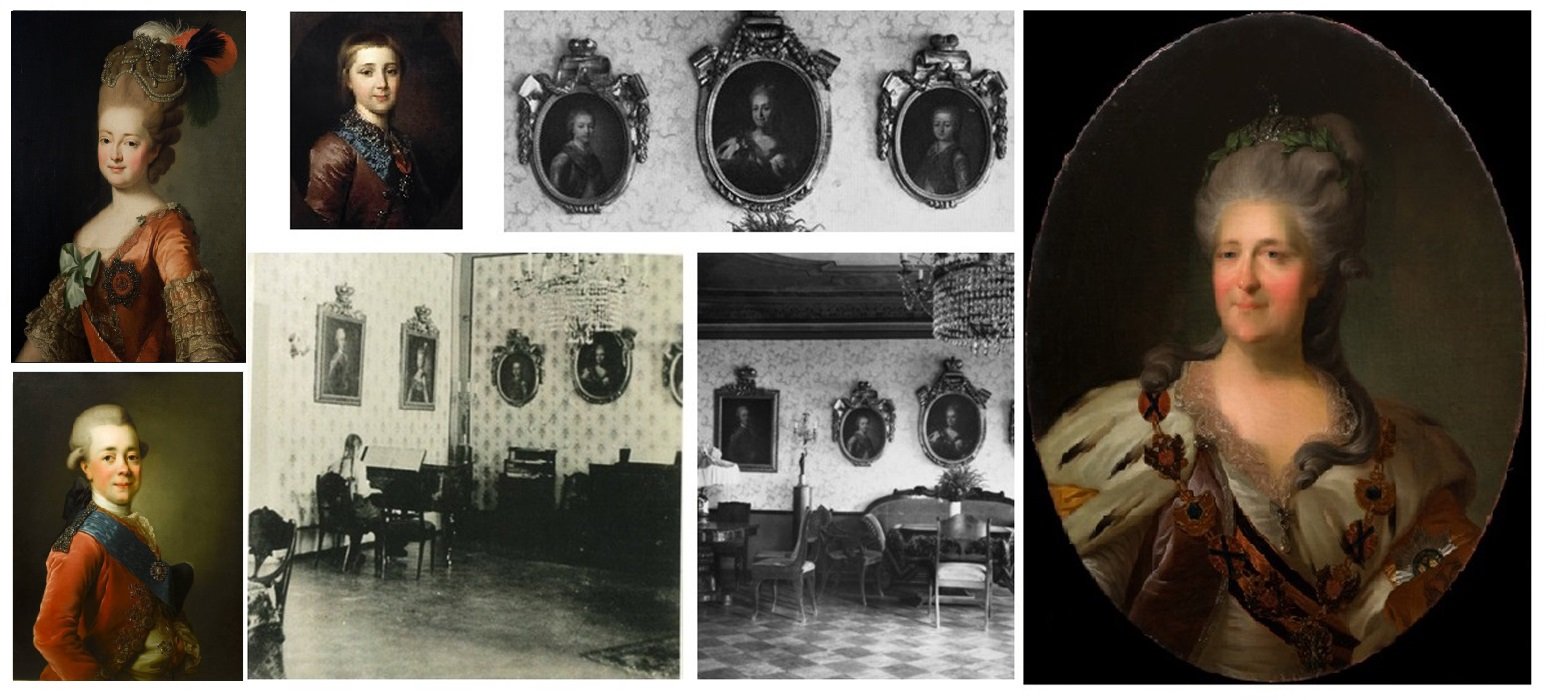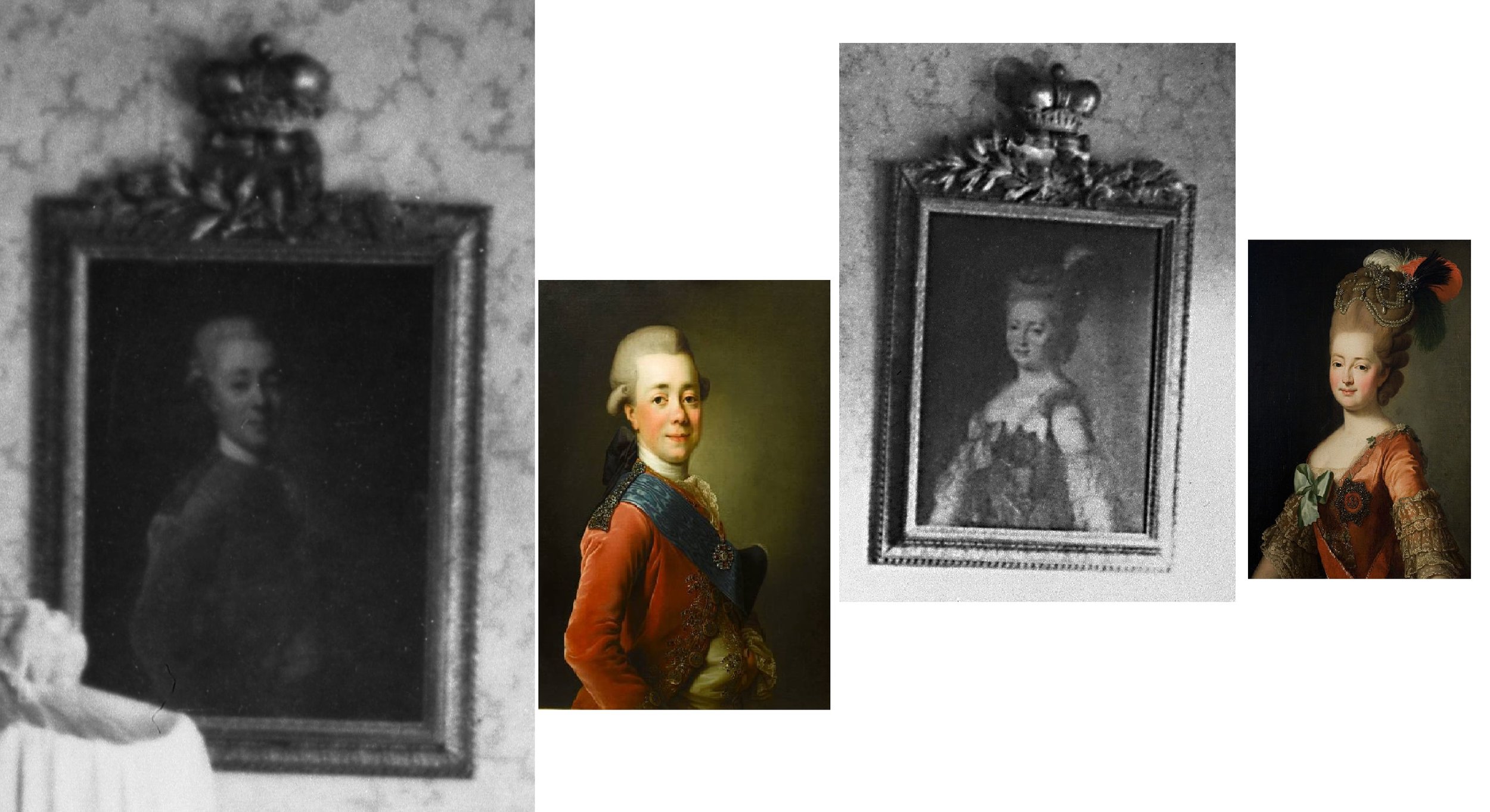STORY OF UUE-SUISLEPA MANOR AND MEMOIRS ABOUT IT IN WATERCOLOUR
Autor:
Viljar Vissel
Year:
Anno 2015
Category:
Research
The present article that is generally based on data and information from the Viljandi (Local History) Museum, the National Heritage Board and some private collections attempts to offer a glimpse into the historical interiors of a manor and the story of their development. I have described the past of Uue-Suislepa, including its interiors and cultural traditions in several of my former reports, the first of them on the Heritage Board’s day of interiors on 24 January 2014.
Most of the historical manorial interiors in Estonia have lost their natural character that was based on the traditions of the nobility and reflected the habits and conventions of the families inhabiting them. Even the rooms with original furnishing are no more than re-constructions. Old photos do not yield enough information either, they are rare and only hint at the traditions. However, he hints may be rather expressive, telling us about the family, their furniture, commodities and sometimes even about their objects of art.
When I was researching the history of Uue-Suislepa Manor and the noble family of von Krüdeners I found, among other things, a marginal but personally interesting fact – the date of my birth the first of May – occurred in the family chronicles twice. Elisabeth von Krüdener married on her 25th birthday on May 1, 1853 and the same date in 1921 signified the day when in the course of the land reform the property was transferred to the young Republic of Estonia. Naturally, there is a lot more in the story of the manorial estate and the family Krüdeners than the mere date that was significant to me.
As for historical material, it is rich enough. I was lucky to lay my hands on the diary of Elisabeth von Krüdener (1828-1916, née Wulf) from the period 1853-1915, later in 1915-1921 supplemented by her son Moritz von Krüdener (1862-1936). [1] The diary that today belongs to the offspring describes the management of the estate but also gives us an idea about the interior of the manor and the changes made in it. Together with the preserved photos this diary, translated by Ly Haan, gives us a wonderful opportunity to cross the bridge back into the past.
Something about the early years of the manorial estate in the diary – ‘Uue-Suislepa manorial estate was bought from baron Mengden in 1799. The latter had obtained it as a present from Emperor Paul I. In 1818 the estate was inherited by my father-in-law Moritz who bequeathed it to his second son, my husband Theodor in 1851. In about 1820 my father-in-law had a new manor house built and a new garden laid out. When I came to live in the manor two beautiful old apple-trees were still growing on the slope towards the river. They must have been the first trees of the cultivar, as it is still called Suislepp all over the Province of Livonia.’
The earliest description of the interior dates from 1853. ‘When I, Elisabeth von Krüger, came to Suislepa manor, it had two identical entrance staircases on the front facade. The furnishing of the house was plain indeed. The big hall had but two very hard sofas, 12 chairs of the same quality, a pair of wall-mirrors with a card-table and a grand piano in front of them. The grand piano was my wedding present from my father-in-law. The whitewashed walls had oil paintings on them – portraits of emperors, landscapes and some paintings of animals. There was a beautiful chandelier decorated with glass prisms and several marble tables. The latter came from a palace in Petersburg and had been purchased at an auction. The upper floor had still white, unpainted floors. In the middle of the room opening to the balcony was an old billiard table, big oak-wood beds stood at the walls, as the room was used as a bedroom for gentlemen guests.’
Reconstruction of the manor was completed in 1860. The second entrance staircase on the façade was demolished and an annex with living rooms was built. In her memoirs Baltic-German writer Monika Hunnius described Uue-Suislepa manor in the 1870s as follows – ‘Next morning I was shown around in the house with its beautiful rooms furnished with expensive old pieces. But everything was mixed up and somehow this made it beautiful – an Empire-style room decorated with medallions full of á la Jacobe furniture and other rooms furnished with higgledy-piggledy Empire and Biedermeier pieces. The home-organ on a high graded pedestal was also of mahogany. Oil paintings after old masters on the walls had once had beautiful gilded frames but these had been over-painted in terrible grey oil paint. This vandalism was appointed to some distant forefather.
“Couldn’t these rooms be rearranged somehow?” I asked my friend Doris in a low voice. “How beautiful your house could be!”
“Oh no,” she answered quickly, “absolutely out of the question! It has always been like that and so it will be in the future. Nobody is allowed to make any changes.” [2]
RARE WATERCOLOURS
The earliest known interior pictures from Uue-Suislepa Manor are the watercolours by Anna von Krüdener from 1887 that now are in the collection of the Viljandi Museum. These two detail-rich paintings and some later-day family photos together with the diary give us some idea about the changes that took place in Uue-Suislepa Manor throughout the decades. A more extensive renovation and modernisation was carried out in the 1890s, after the marriage of Anna von Krüdener’s brother Moritz.
Quite a few descriptions of the reconstruction in Uue-Suislepa Manor and its interior have survived. In addition to the two above-mentioned watercolours the Krüdeners’ album from 1900-1917 offers valuable information about the details mentioned in the memoirs. The paintings in the big hall were connected with Emperor Paul’s present to Count Mengden. The paintings remained in the same room since they had been first placed there when the manor was built until the transference of the ownership. They were only shifted a little on the walls of the room. The portraits of Emperor Paul and Empress Maria Fyodorovna were side by side and the oval portrait of Catherine II was on the end wall between the portraits of her two favourite grandsons Grand-duke Alexander and Konstantin Pavlovich.
THE HIDDEN TREASURES OF THE MANOR
A withheld custom of the owners of the manor was to move the more valuable property into the so-called vaulted room when times were hard and threatening. In 1862 the foundation of the manor was strengthened, as the lower timbers had decayed. In the course of re-enforcement three new rooms with brick floors were built in the basement.
When the school in the former manor carried out repairs and renovations in 2007, a walled-in door was discovered in the pupils’ cloakroom. The room opened behind the door was full of soviet-time paraphernalia that confirmed the time of its walling in – according to records the cloakroom was built in 1969. [3]
The basement with thick walls and impenetrable door has been mentioned in the diary for several times. The first record is from Moritz von Krüdener who wrote on 23 November 1905 – ‘In 1917 when manors were obliged to accommodate the military, hectic packing followed. Some of the better old furniture was sent to Viljandi, some to Tarvastu Manor and only the bigger and heavier pieces had to remain where they had always been. Cupboards and all doors were unlocked to avoid breaking them down. Many things were hidden underground. Pictures, paintings, bed-clothes and linen and better clothes were removed into the fire-proof vaulted room.’
In 1920 Moritz von Krüdener who lived in Germany passed a long and complicated bureaucratic operation in order to obtain a visa to Estonia. When he arrived in Suislepa in June he wrote – ‘I walk through all the rooms and observe the damages the soldiers have caused. The furniture has been broken and a few pieces are missing. Most of the furnishing is still there. The only place they could not break into is the vaulted room, although they had tried hard. The lock was intact and I could open it and had the door repaired. What serendipity that I had crammed so many things into the room before my departure. The portraits of emperors in the hall were still hanging on the walls, only Catherine II had been shot in the breast.’
Thanks to the vaulted room some pieces of art were preserved. Thus the three paintings of the Green salon and the two from above the dining room door have survived. A curious quirk traced all the paintings to Tartu antiquarian Gustav Kangro.
The paintings from the Green salon – Supper in Emmaus, Girl with a Rooster and Boy with a Goose – that all belong to the Estonian Art Museum today – were purchased from Kangro as it has been recorded. The two large 18th-century paintings from the dining room were bought from Mrs. Linda Alekõrs in the early 1980s to decorate the freshly restored Rägavere Manor. Today these two are in the big hall of Sagadi manor. Is there a connection? Sure, the former curator of the Tallinn City Museum’s art collection Linda Alekõrs was the daughter of antiquarian Kangro.
The paintings had been obtained by Kangro in the late-1930s. The Krüdener’s diary tells us that Moritz von Krüdener moved back to Estonia from Germany in 1936 to live at his newly-married son Jürgen’s, at the Pala manorial estate. Everything preserved of Suislepa manor had been taken to Pala. Moritz died the same year in Tartu. After his father’s death the son might have sold the ‘treasure of the vaulted room’ to the local antiquarian.[4]
CONSERVATION OF THE WATERCOLOURS
Paper conservator Tea Shumanov analysed the condition of the watercolours, mapped the damages and tested the colours for their sensitivity to water. The paper had yellowed and the reverse side of both watercolours was extremely dirty. The paper also had insect-caused holes.
The watercolour depicting the Green salon of the manor (21.1 x 28.5 cm) bears the legend Suislep Grünes Zimmer Januar 1887 A.v.KI. on the lower right-hand side of its back. The watercolour depicting the dining room of the manor was more damaged. The text on the back says – Suislep Speisezimmer von Anna v. Krüdener yez. Januar 1887.
SUMMING UP
Uue-Suislepa manor that was cherished by a large family whose several generations spent the majority of their summer days could be known only as the place from where the legendary apple cultivar Suislepp comes. However, research of the building has brought forth several noteworthy pieces of art. The analysis of the latter has helped to interpret the Baltic-German cultural tradition and its reflection on the mundane. This, in its turn has helped to understand the development of a manor as home.
Viited
The diary of Elisabeth von Krüdener and Moritz von Krüdener from 1853-1915, 1915-1921.Translated from the German language into Estonian by Ly Haan. 118 pages. The manuscript, pages not numbered, is in private ownership. The quotations in the article come from the diary (in case not otherwise noted). ↩︎
Hein, A. Viljandimaa mõisad. Viljandi, 1999, p 70. Reference to the original source – Hunnius, M. Baltische Häuser und Gestalten. Heilbronn, 1926, pp 232-233. ↩︎
[http://www.postimees.ee/1680535/suislepa-moisast-tuli-paevavalgele-salaruum(link](http://www.postimees.ee/1680535/suislepa-moisast-tuli-paevavalgele-salaruum(link) is external) ↩︎
The Art of the Low Countries at the Kadriorg Art Museum, Compiled by: Greta Koppel, Art Museum of Estonia- Kadriorg Art Museum 2012 ↩︎

